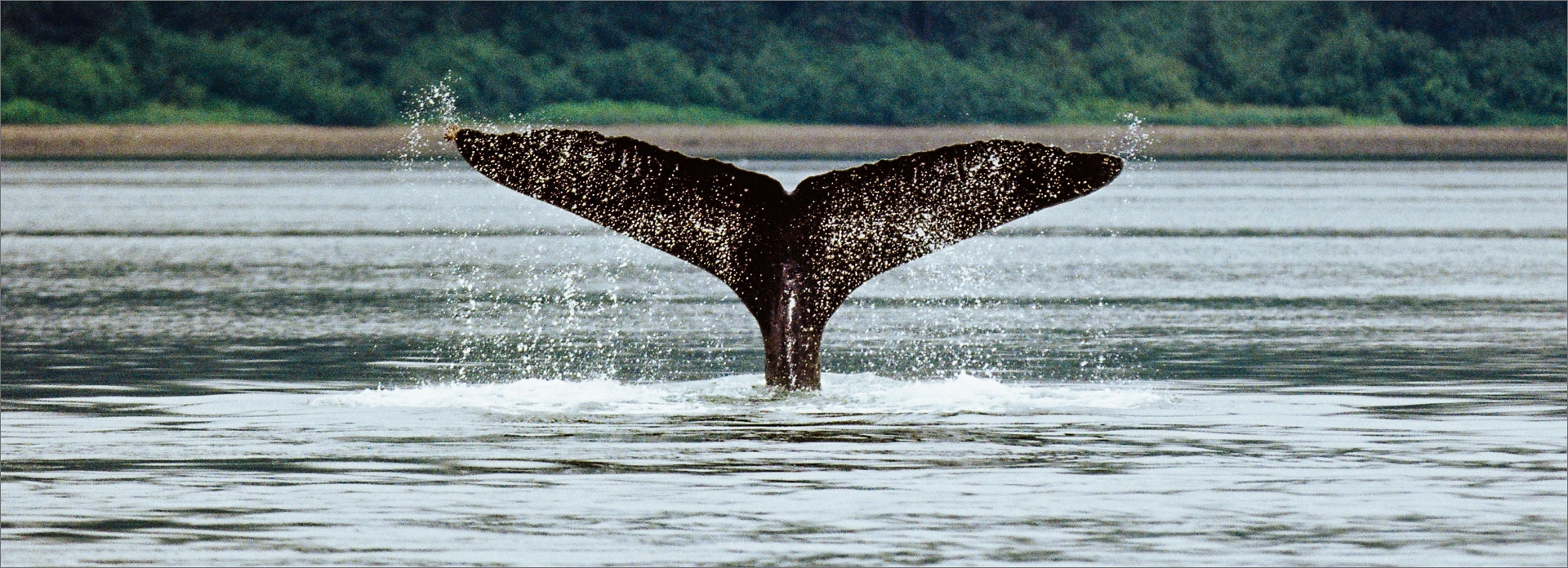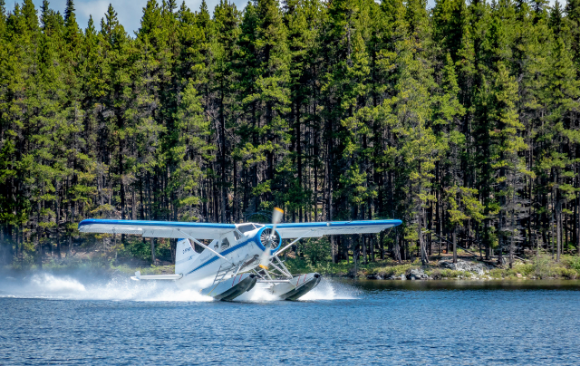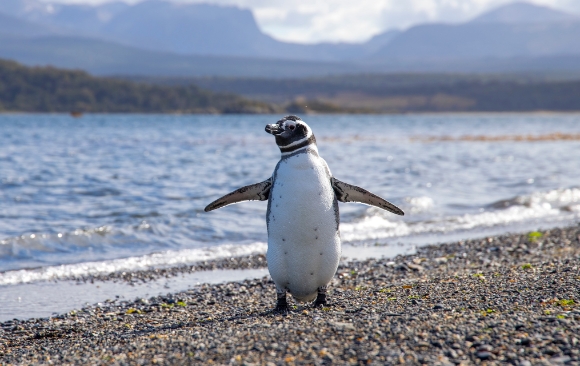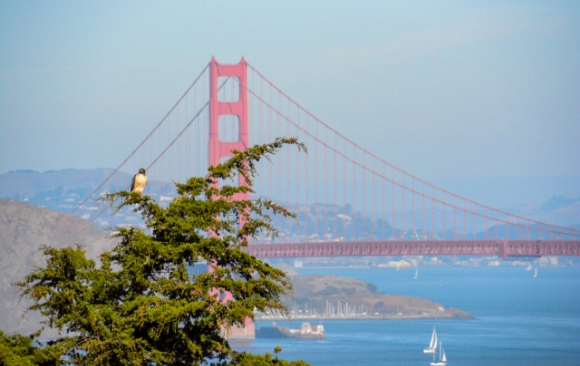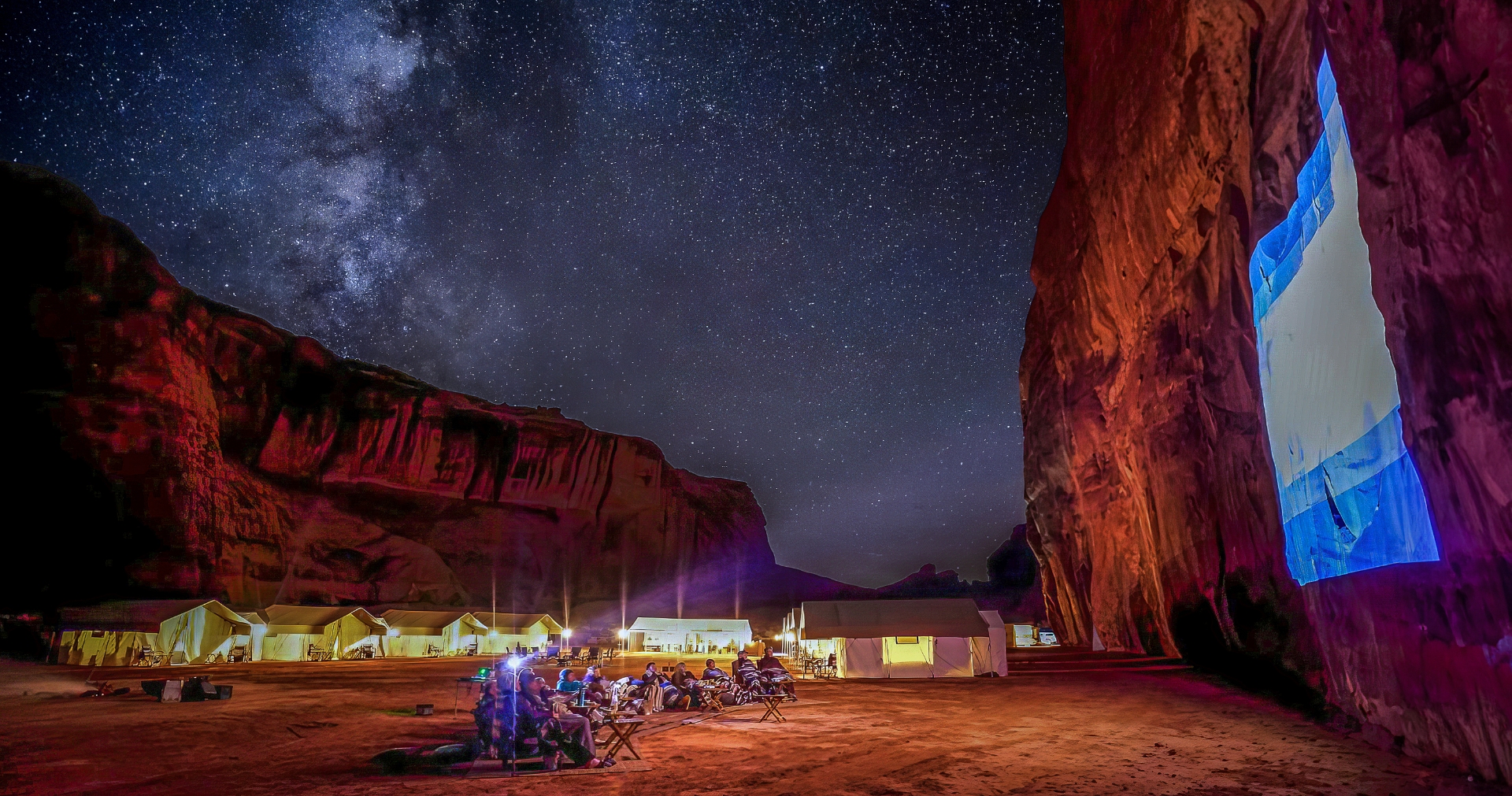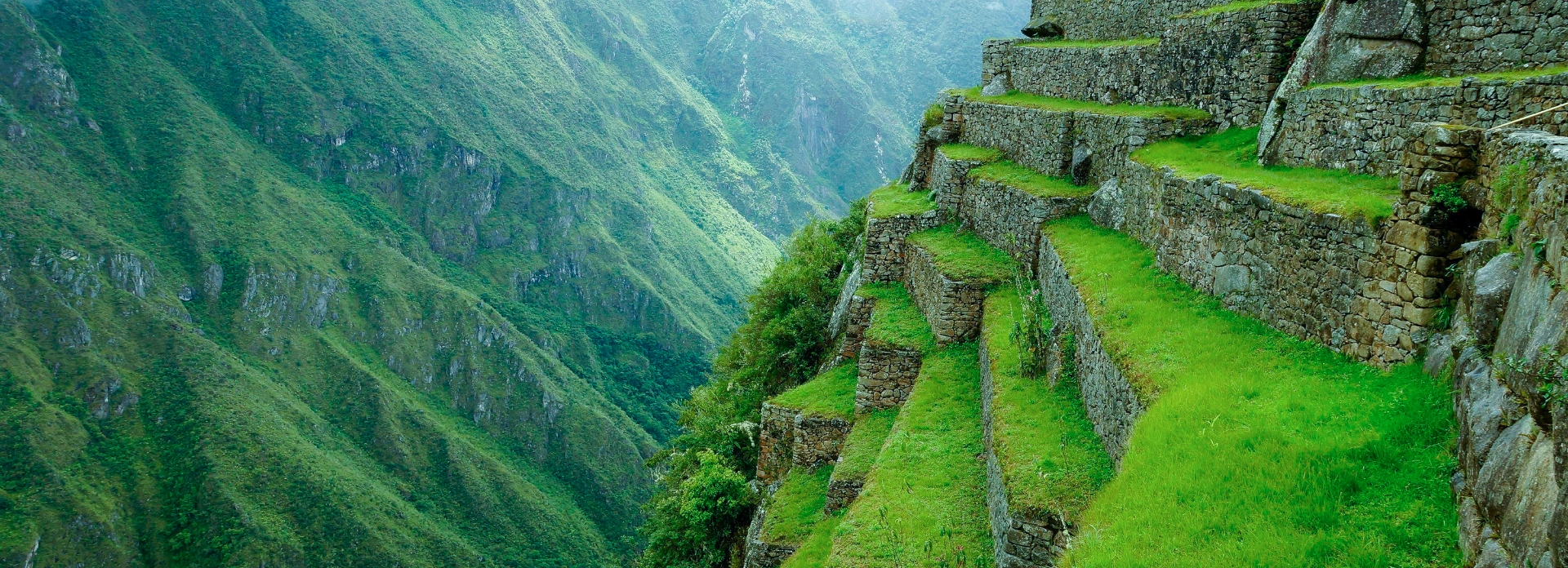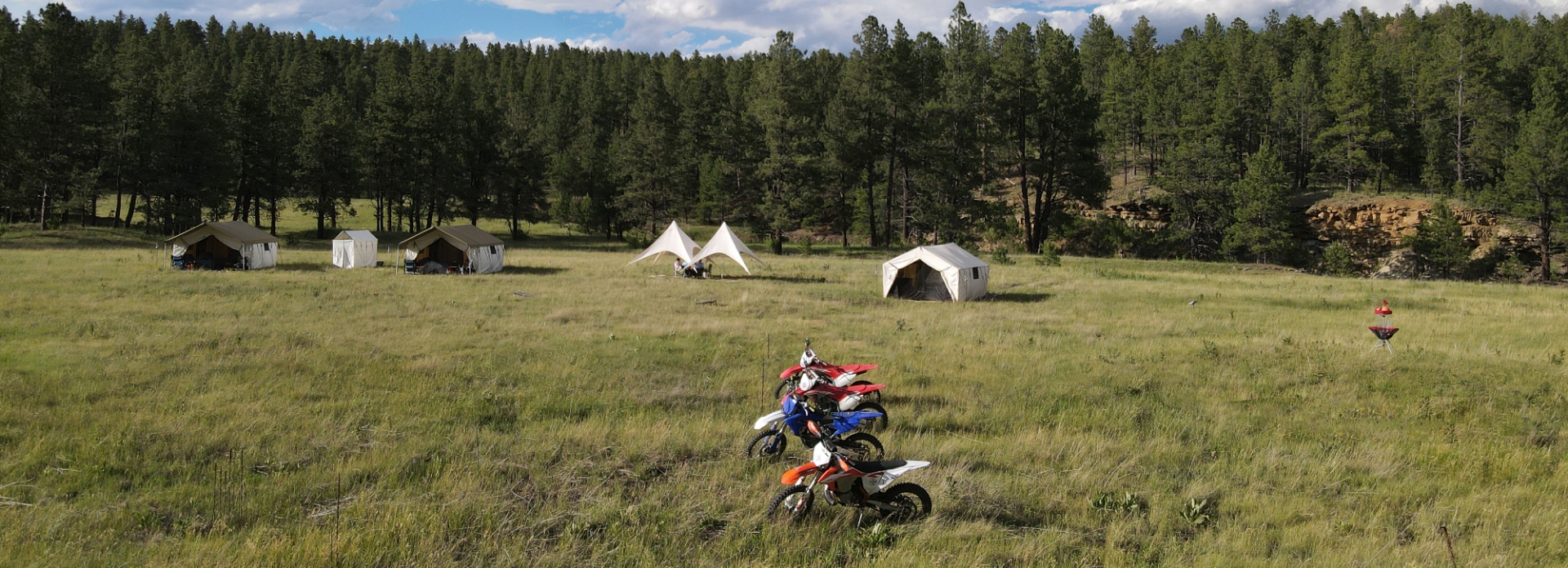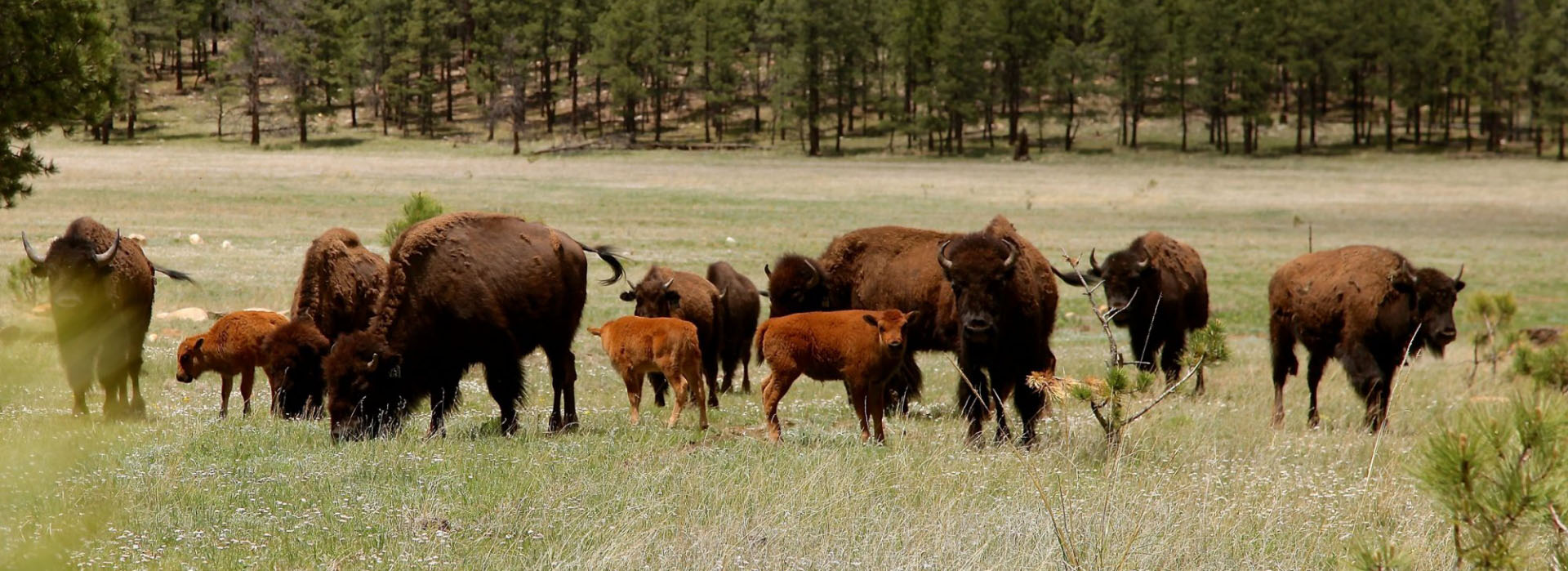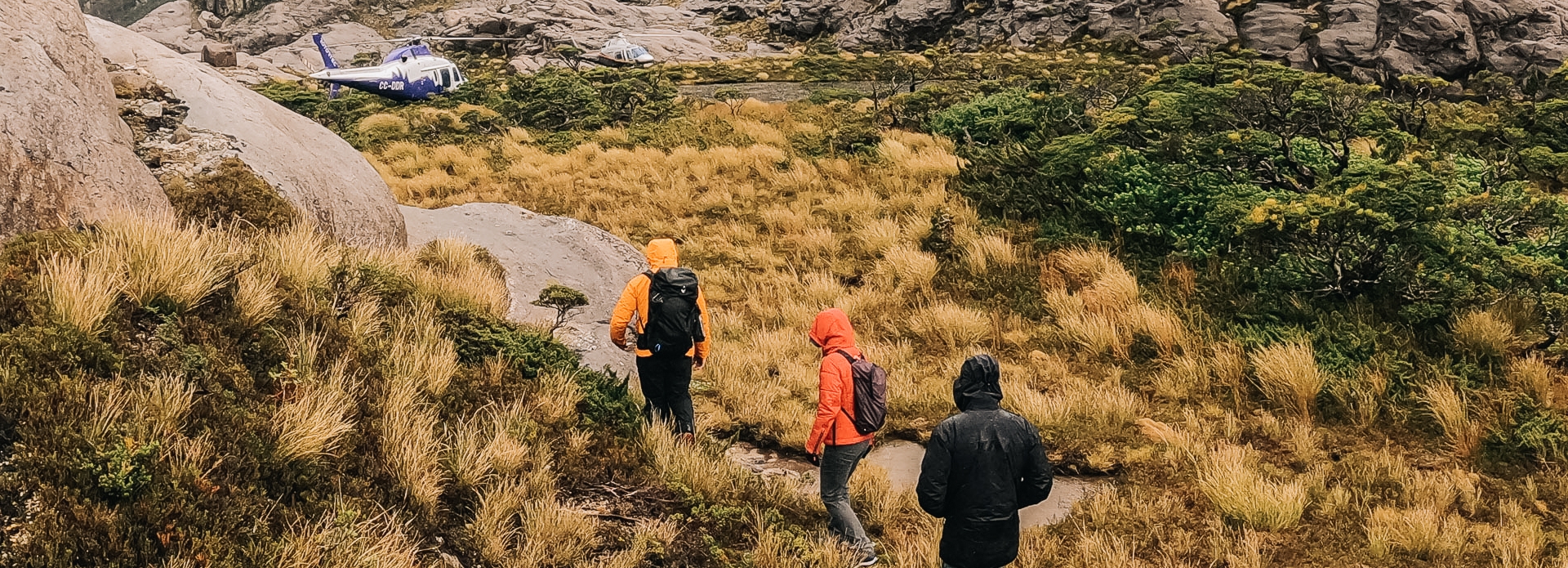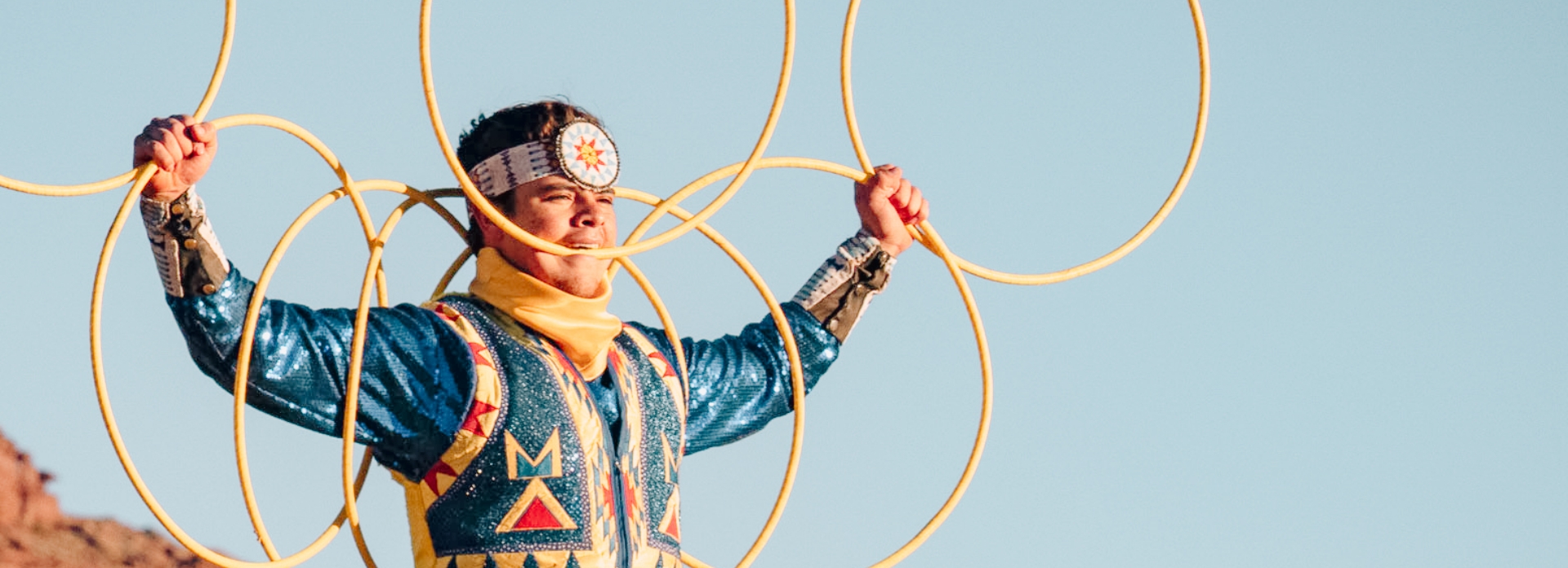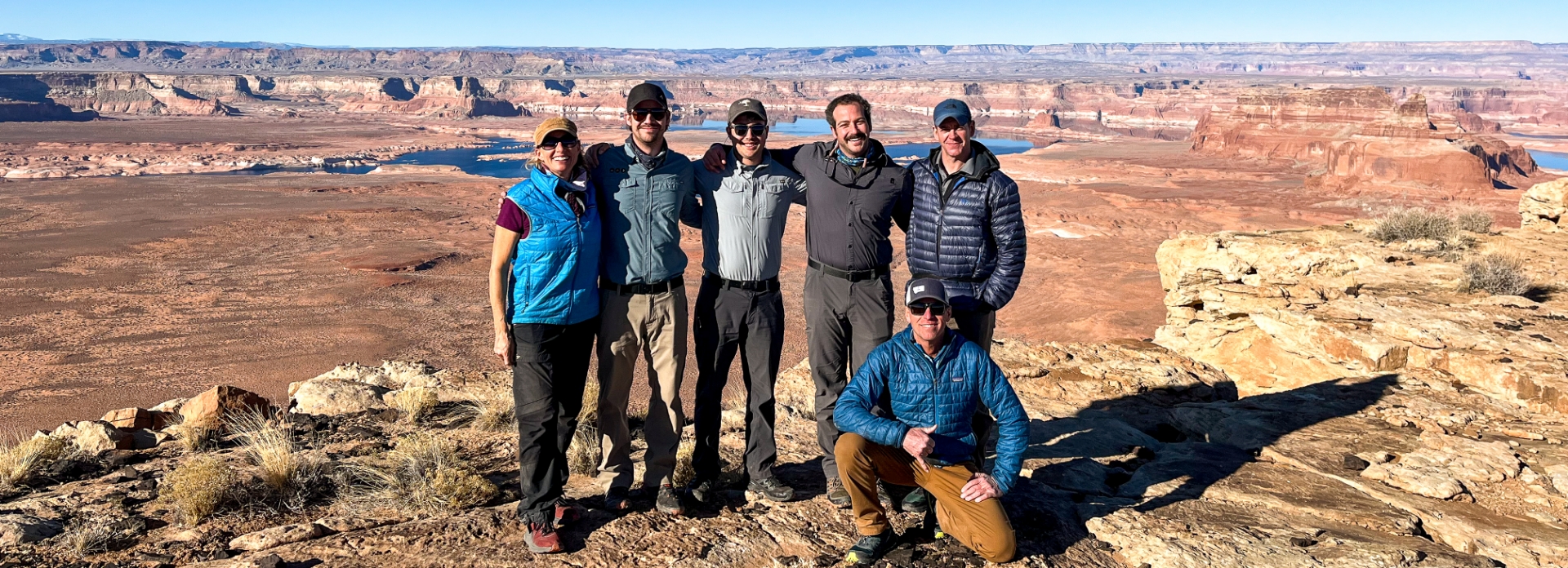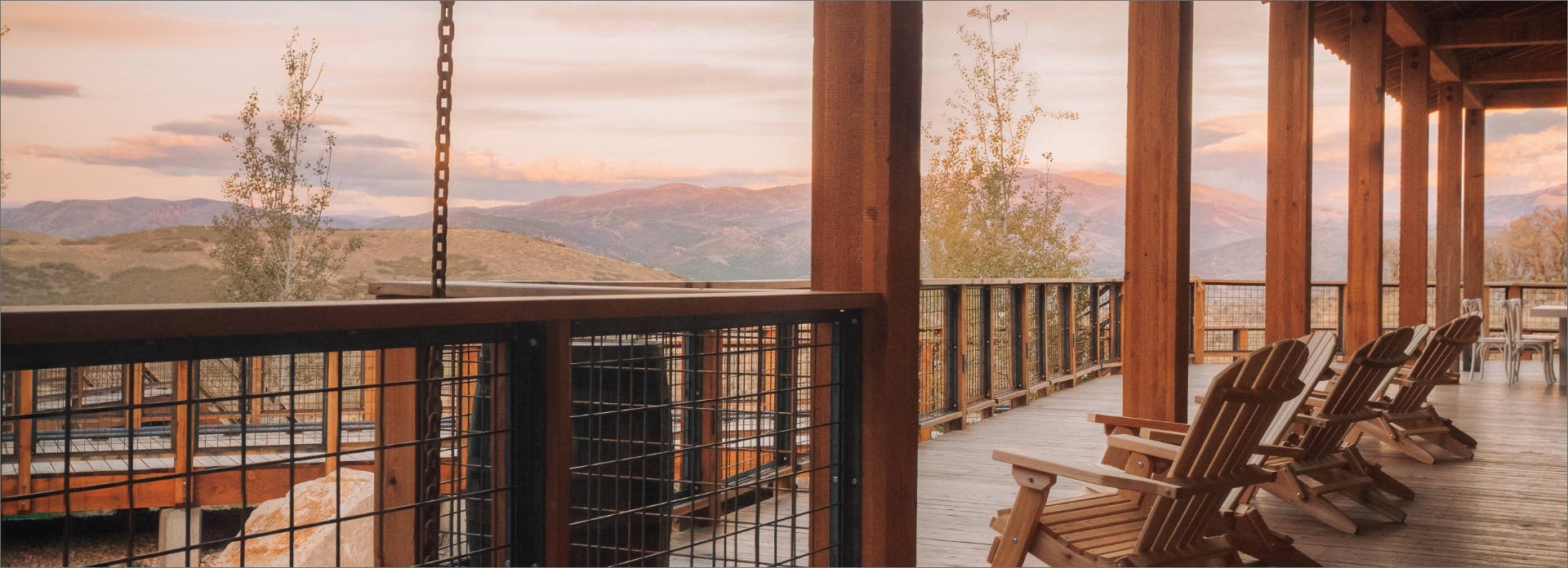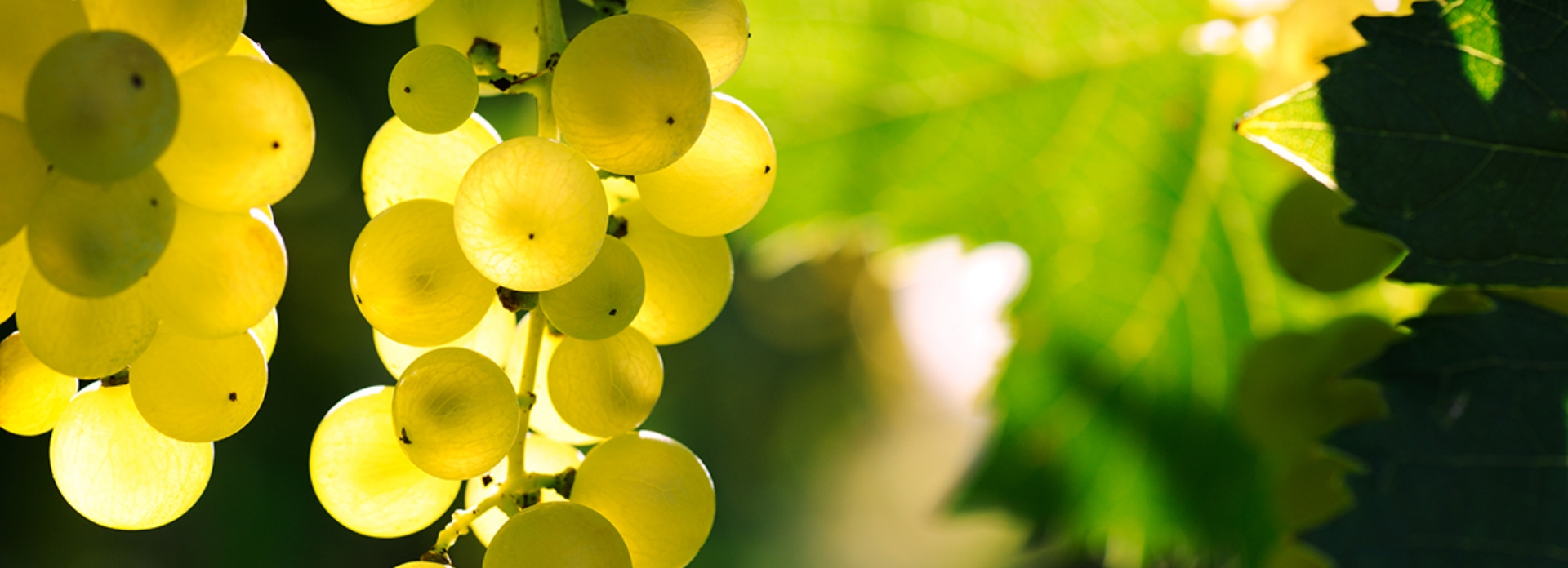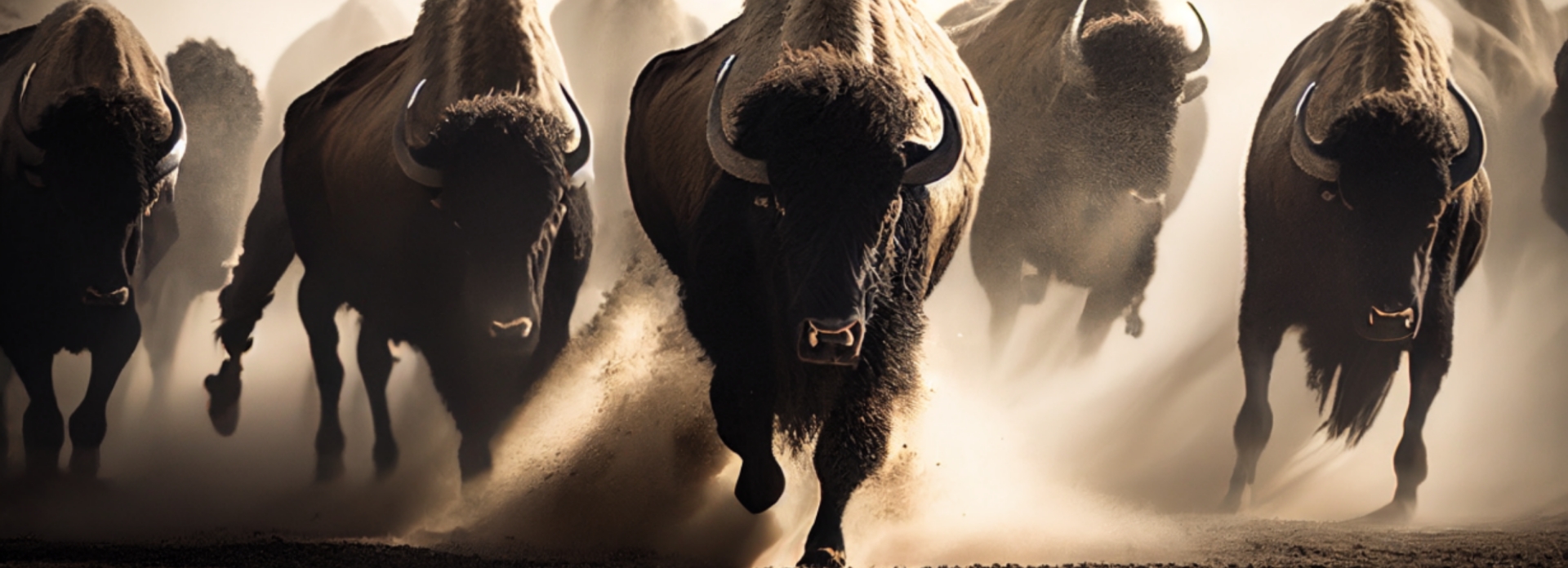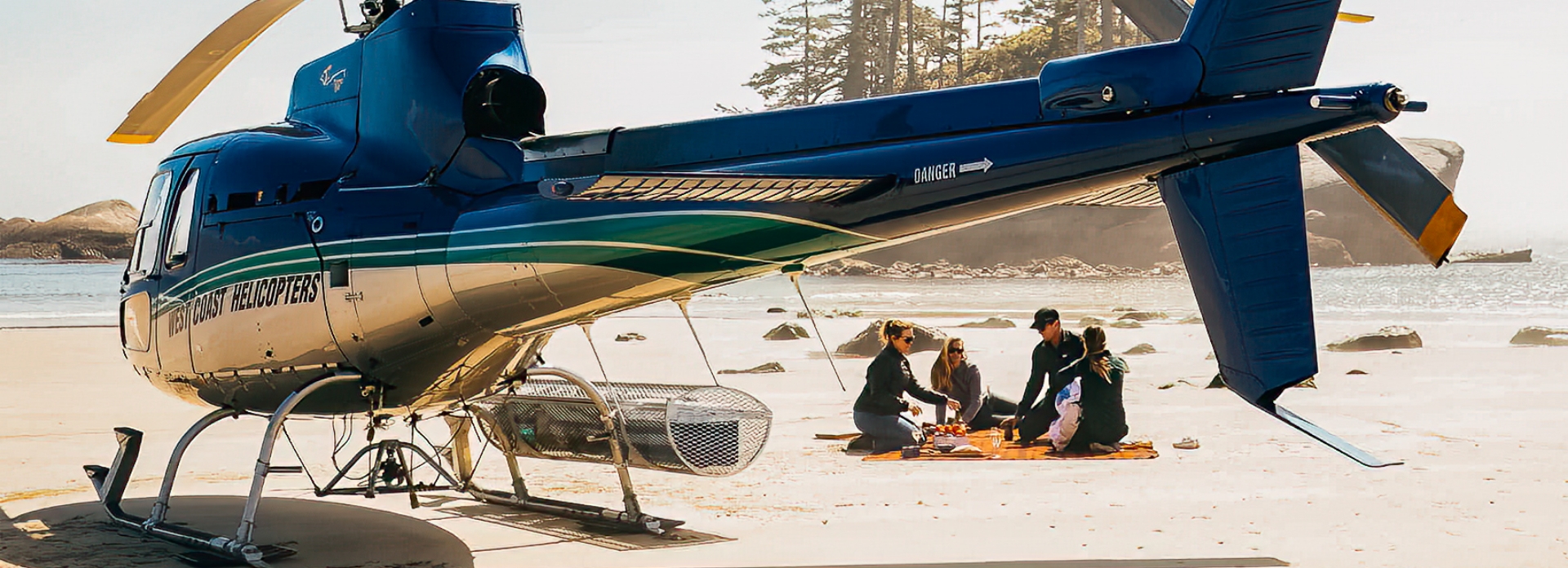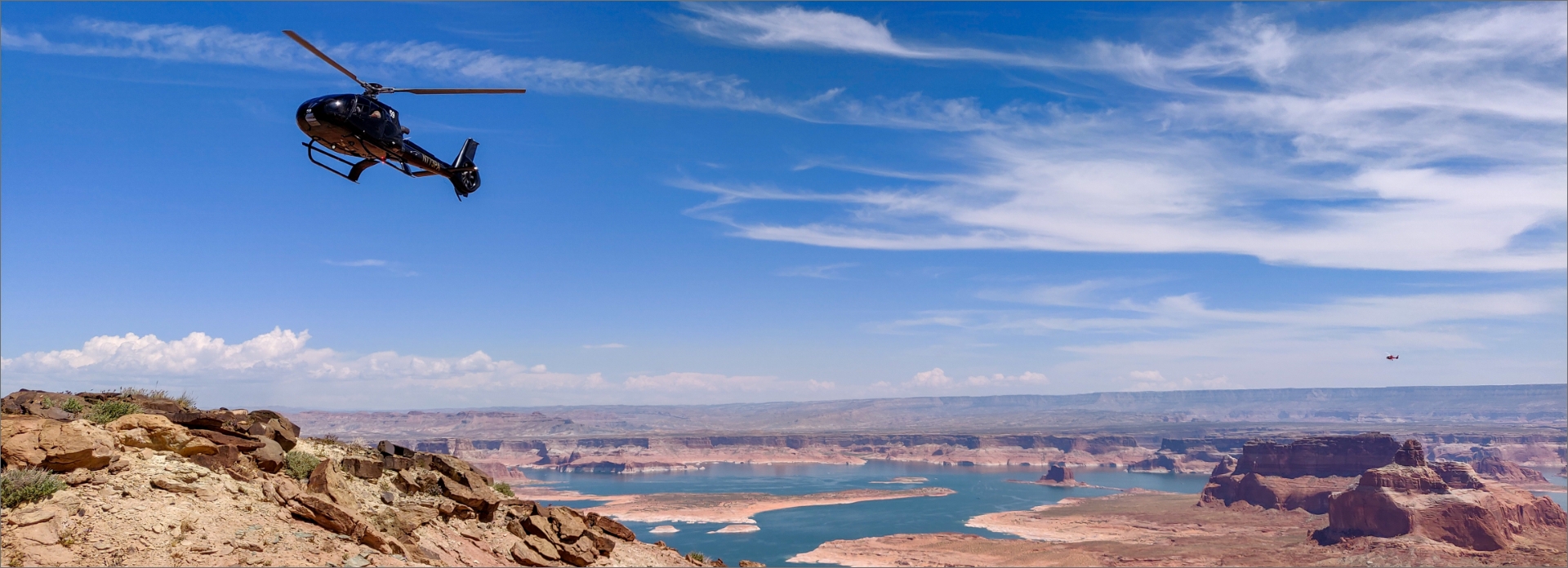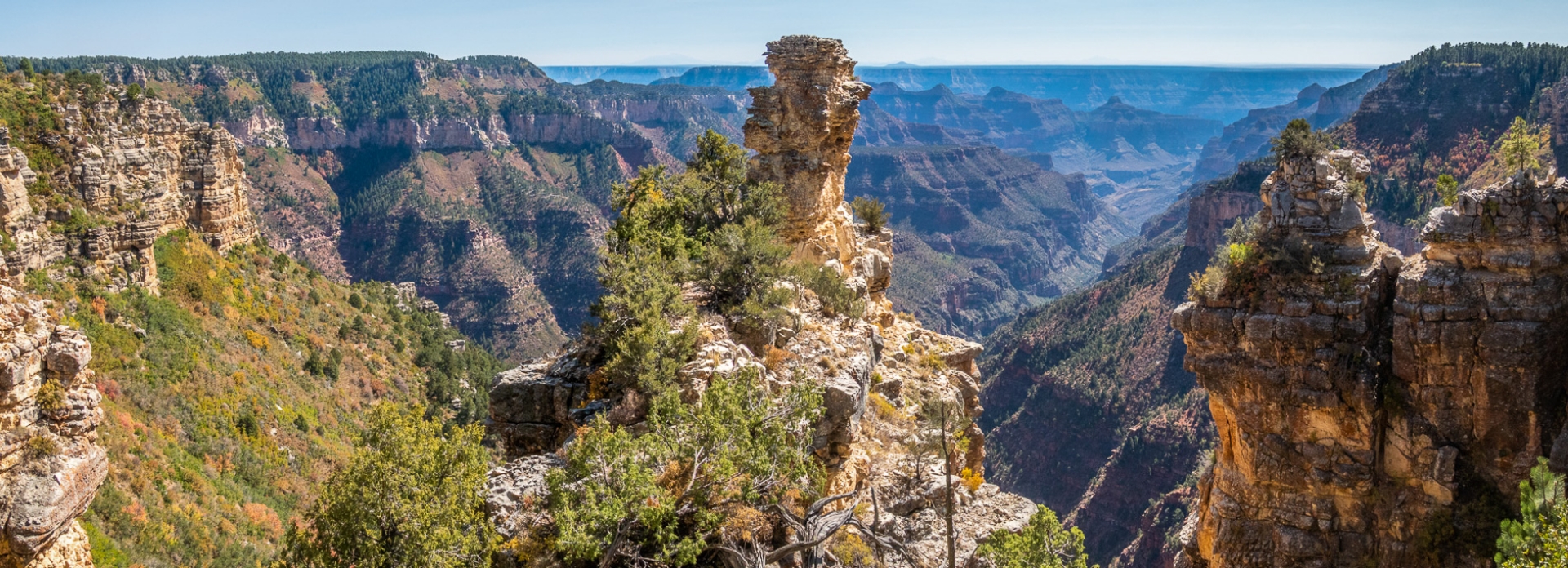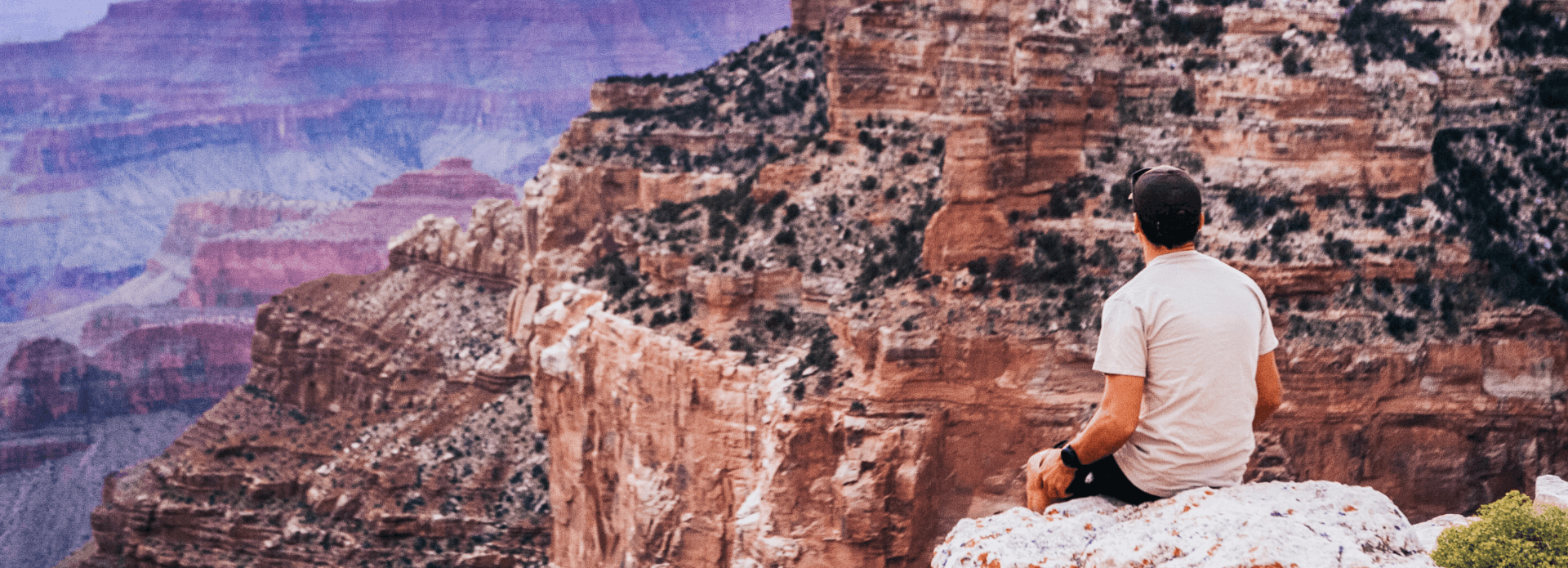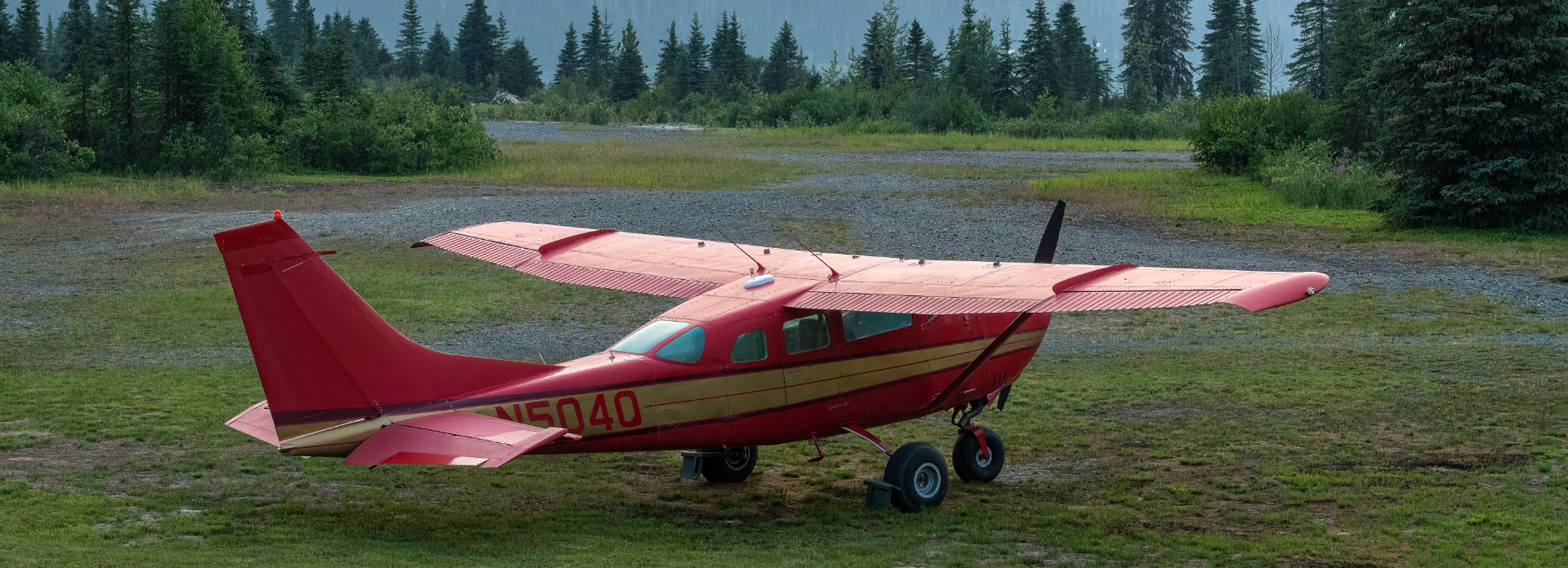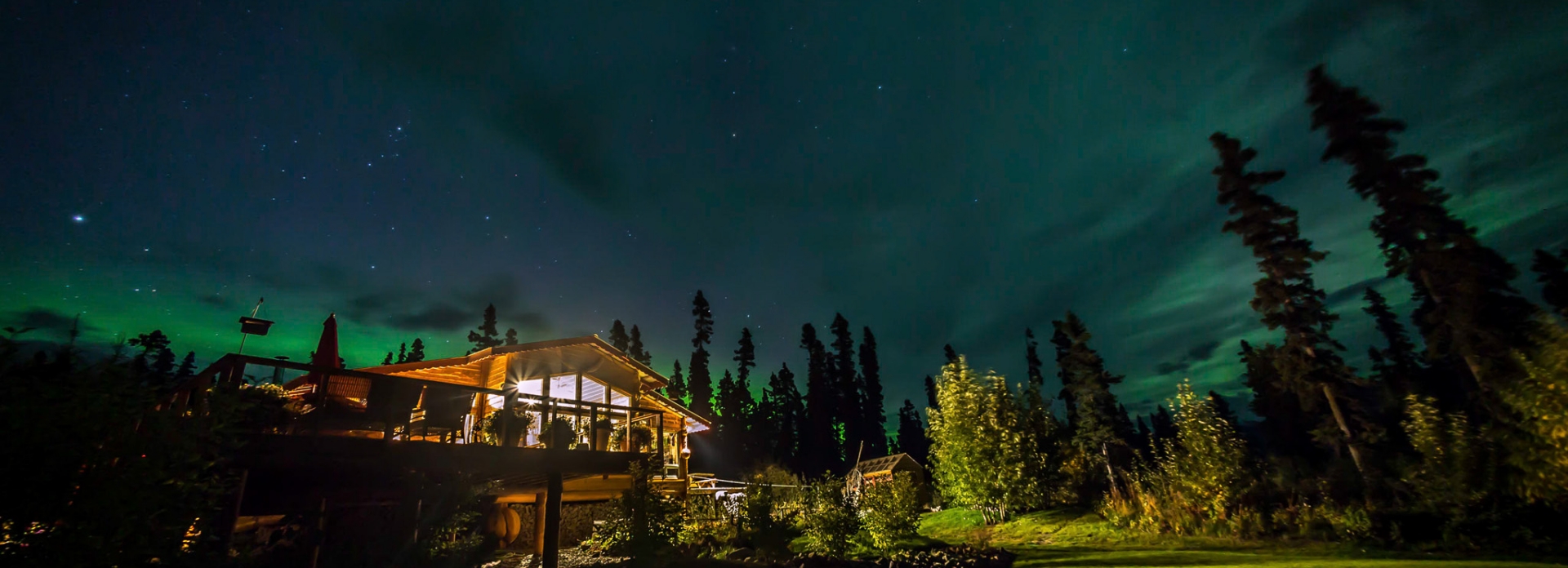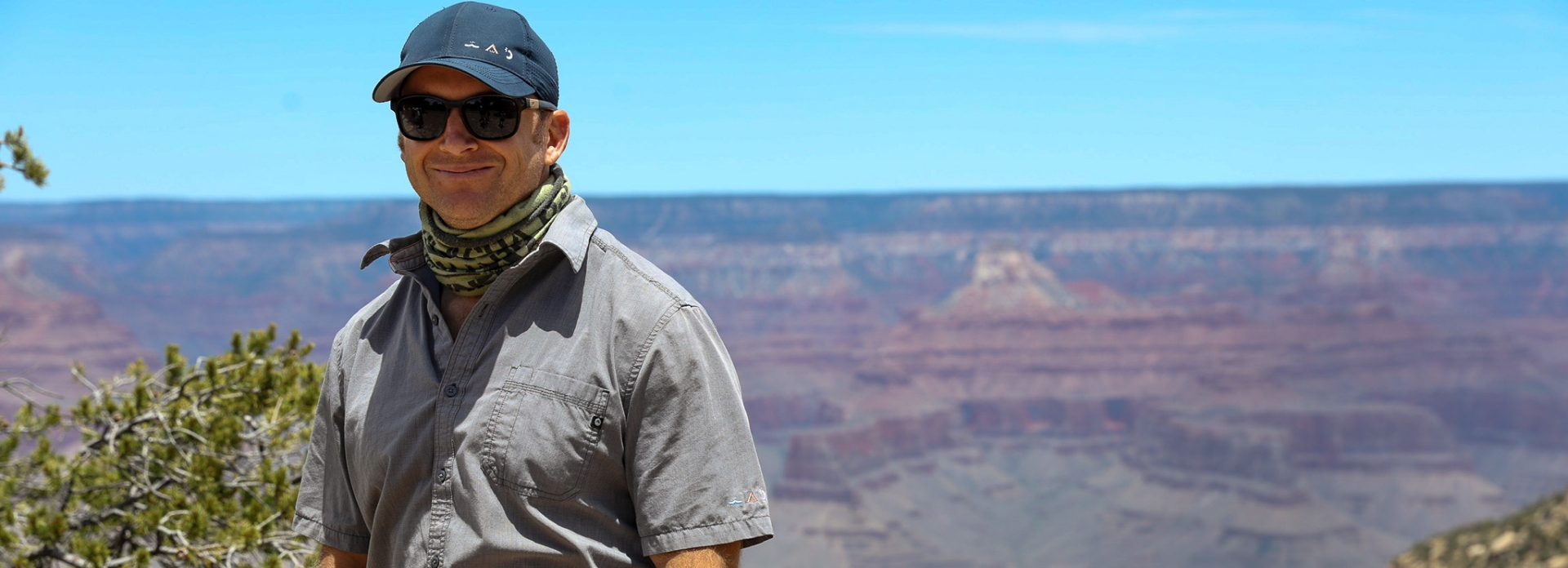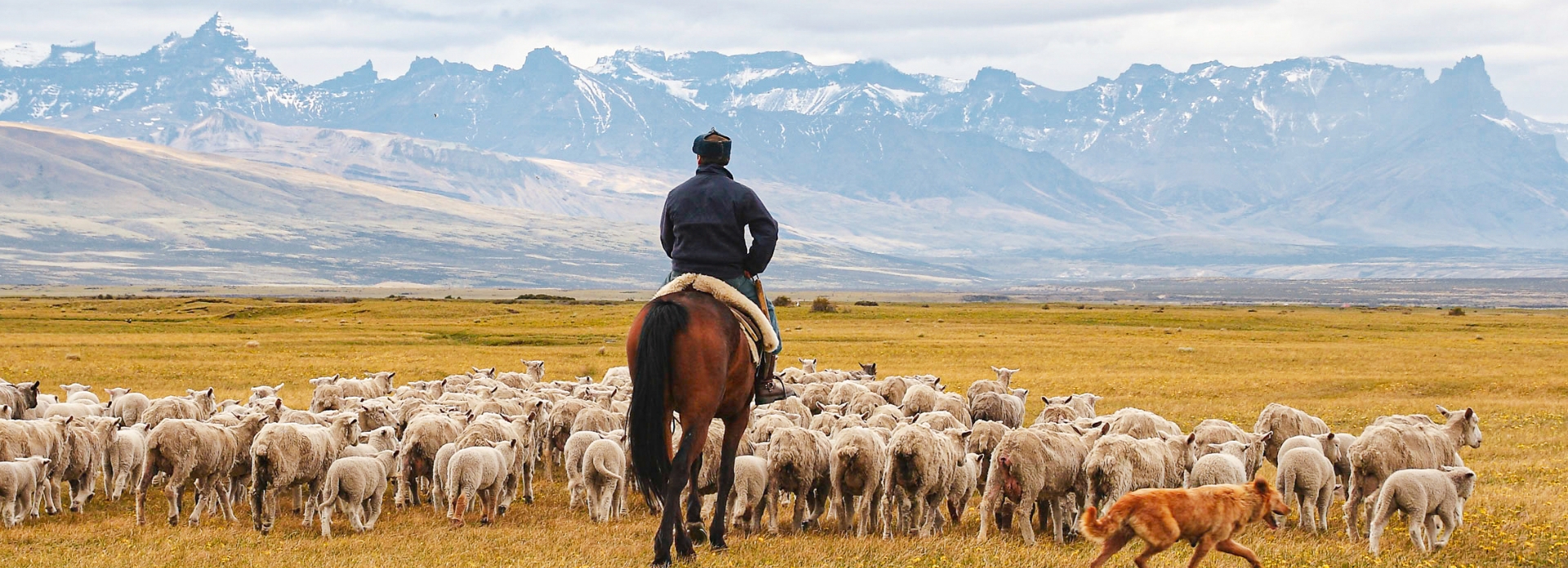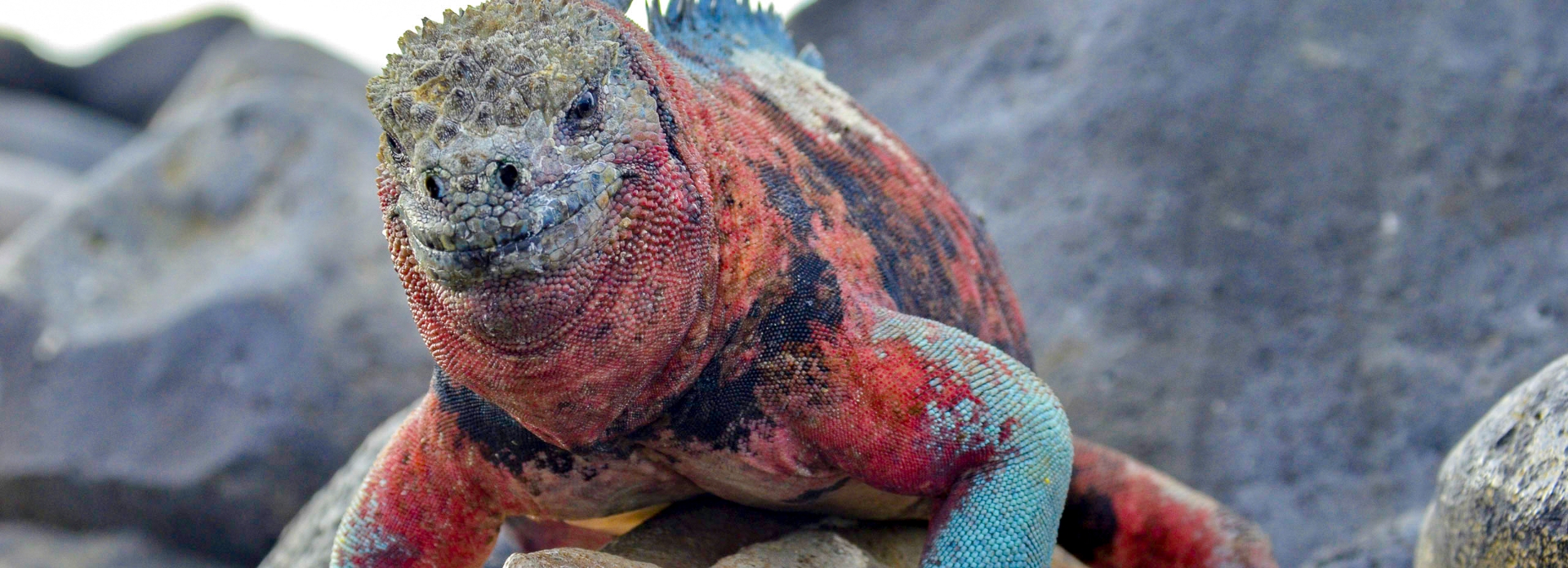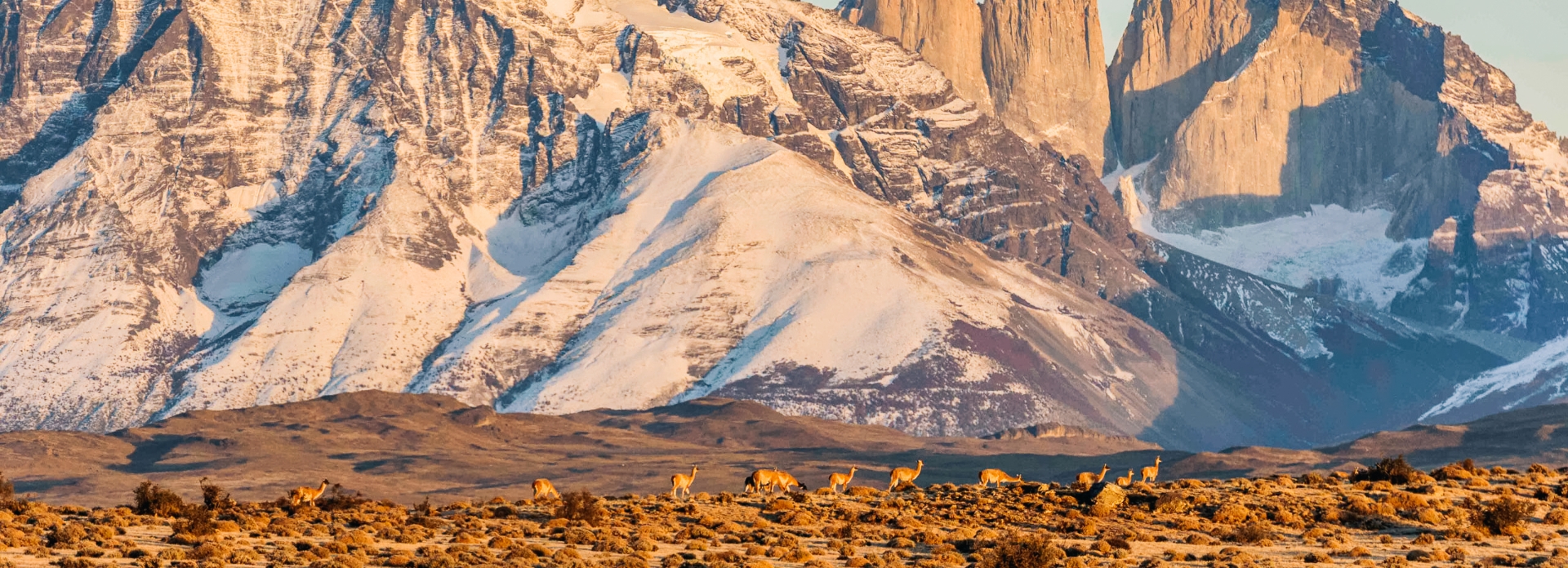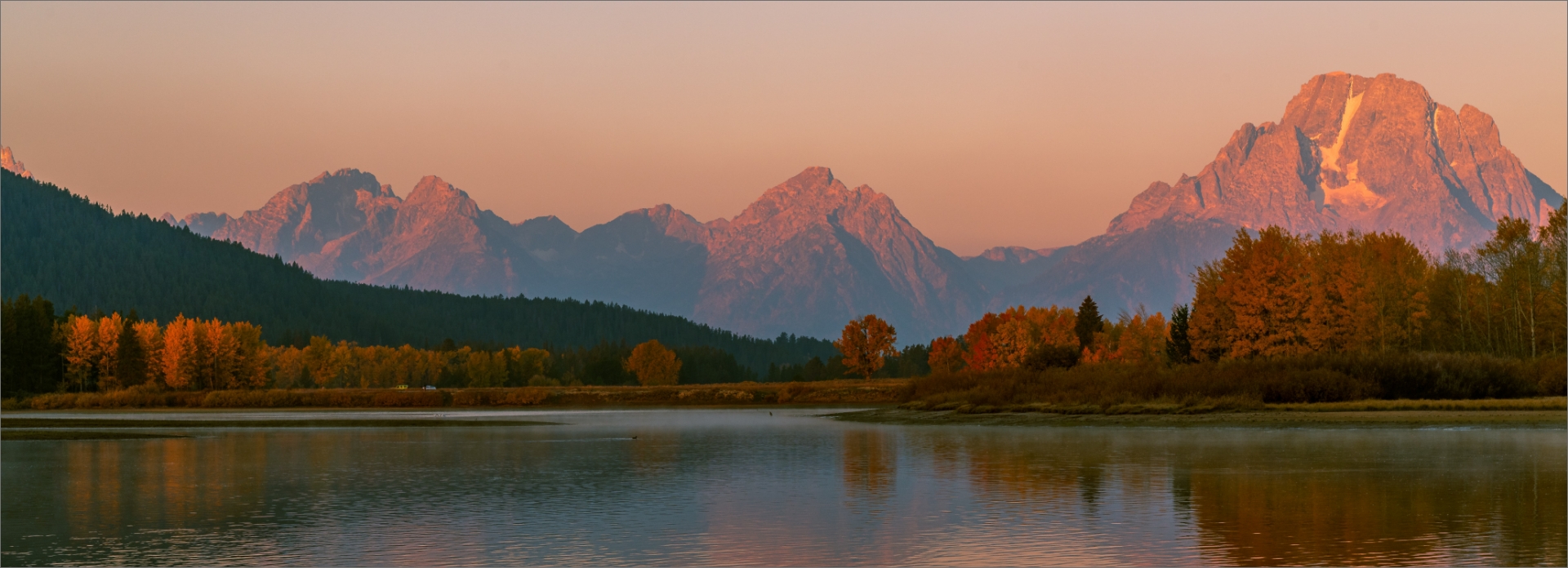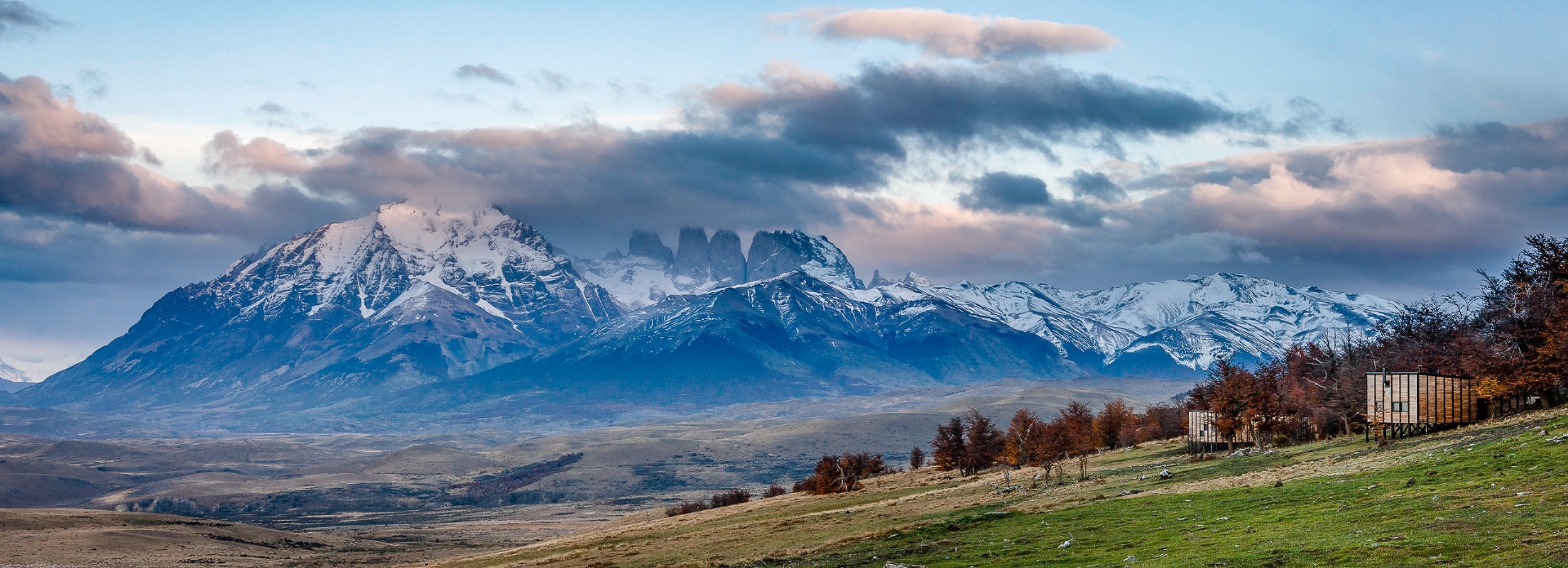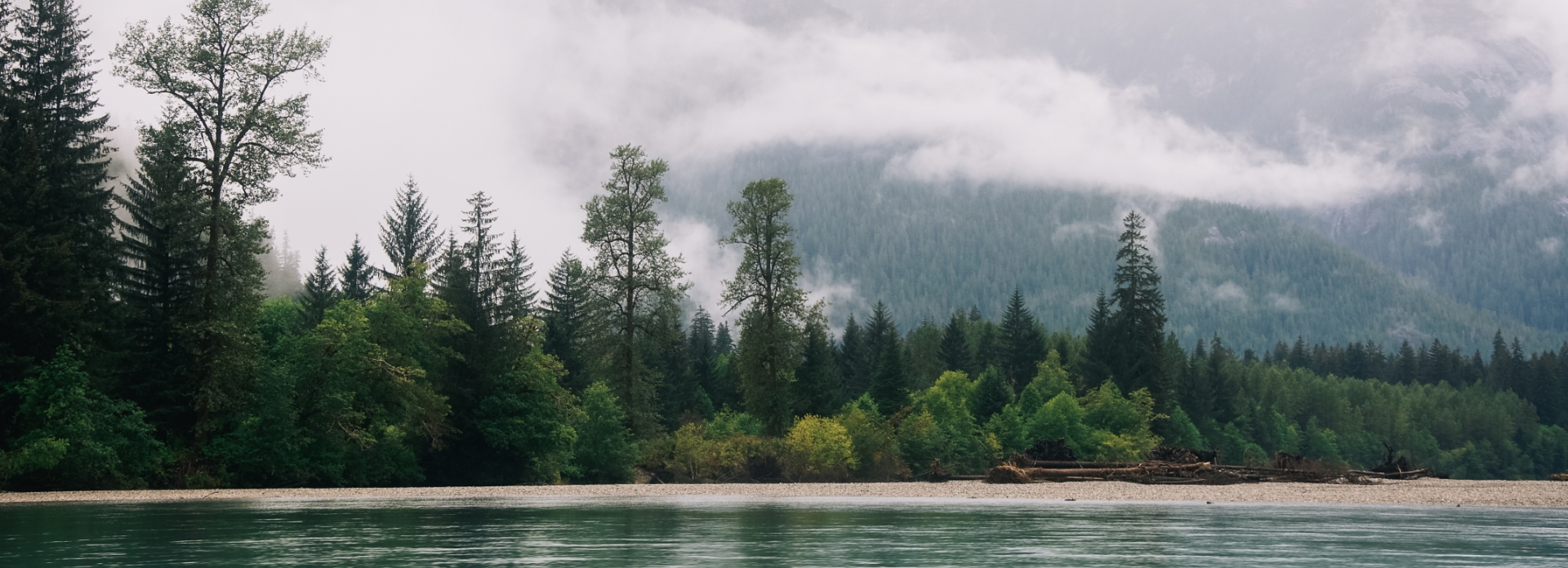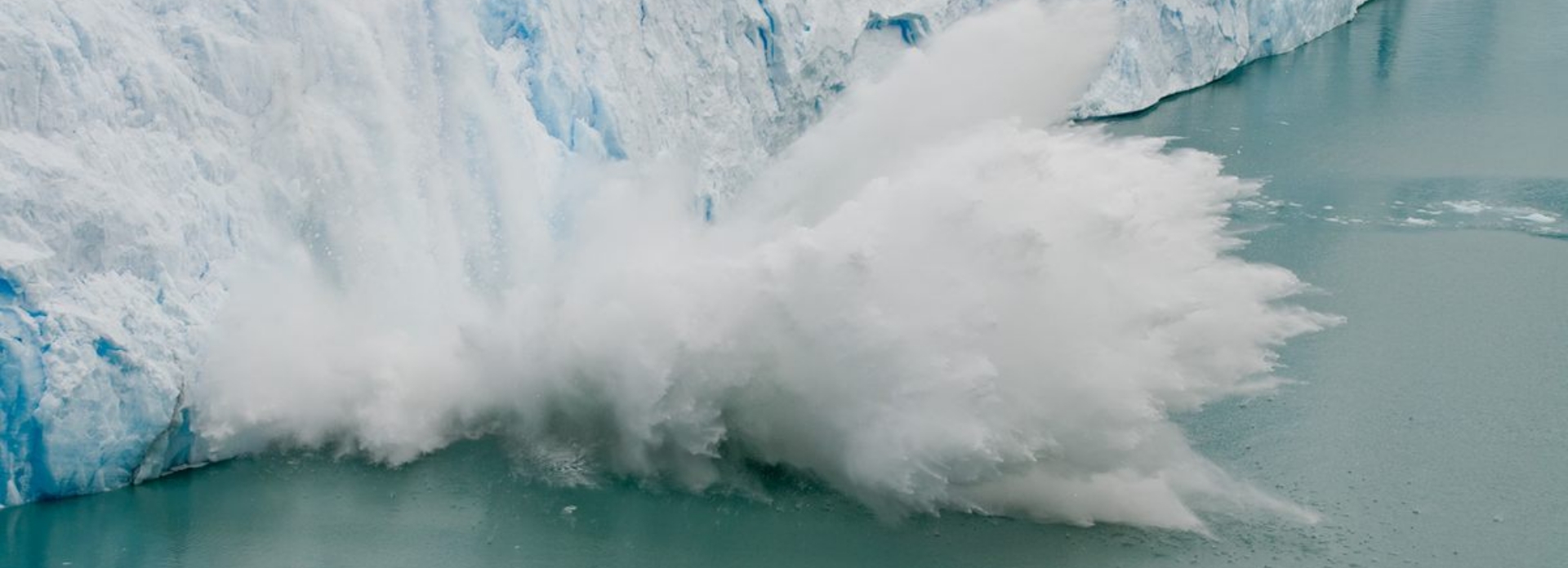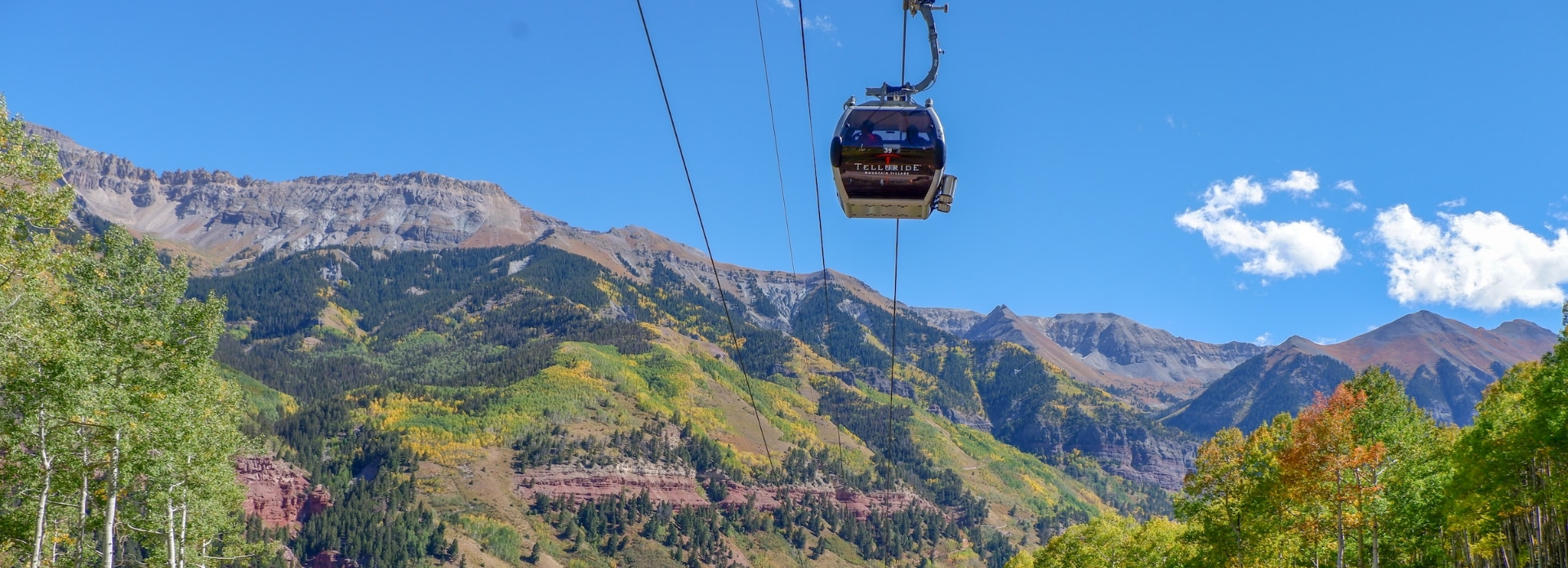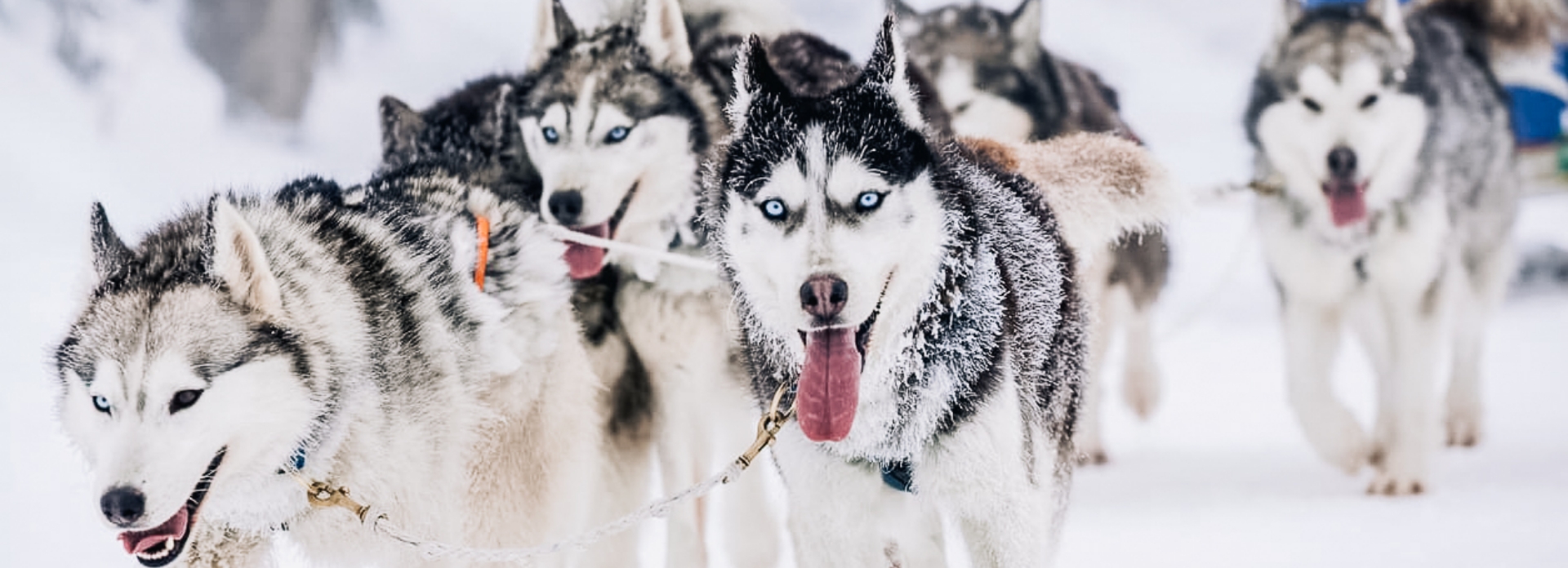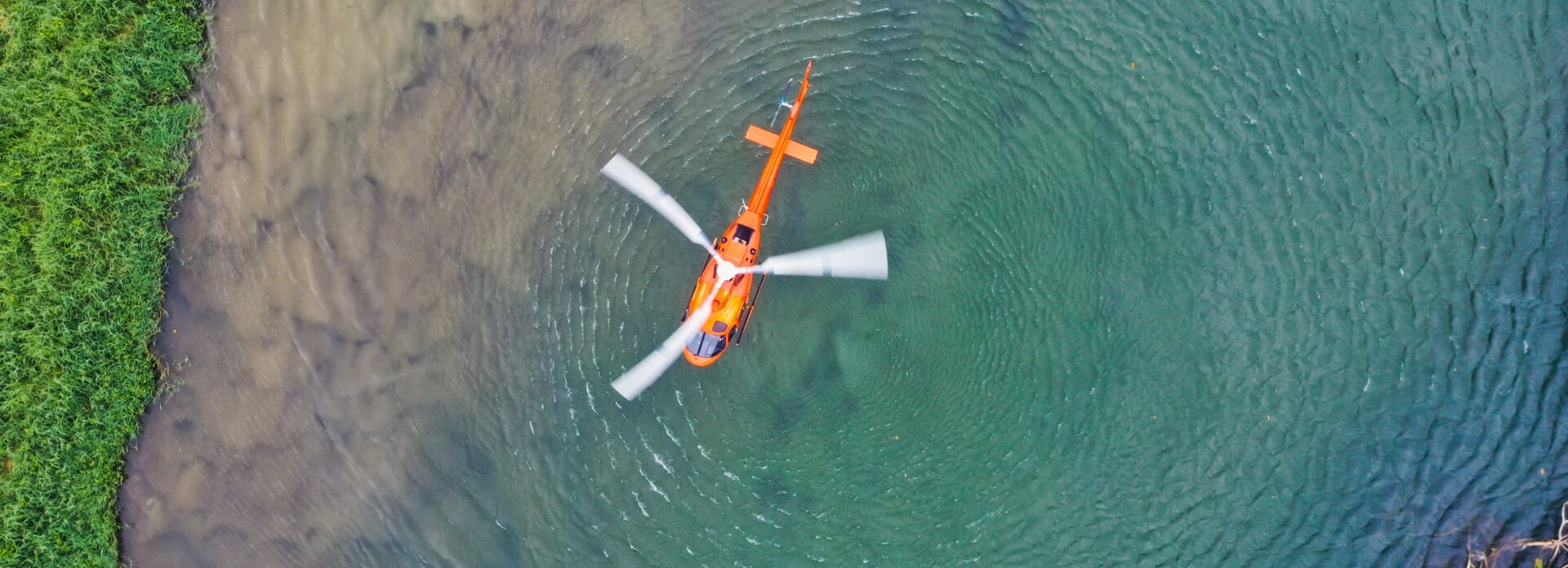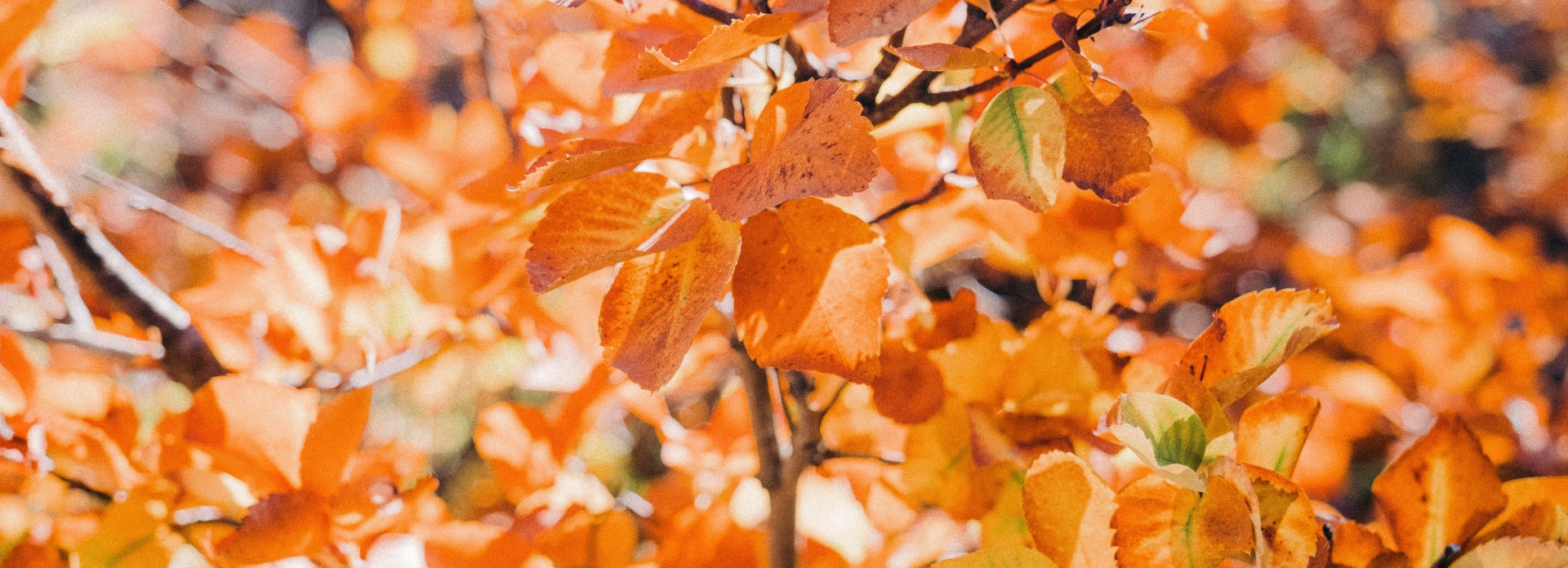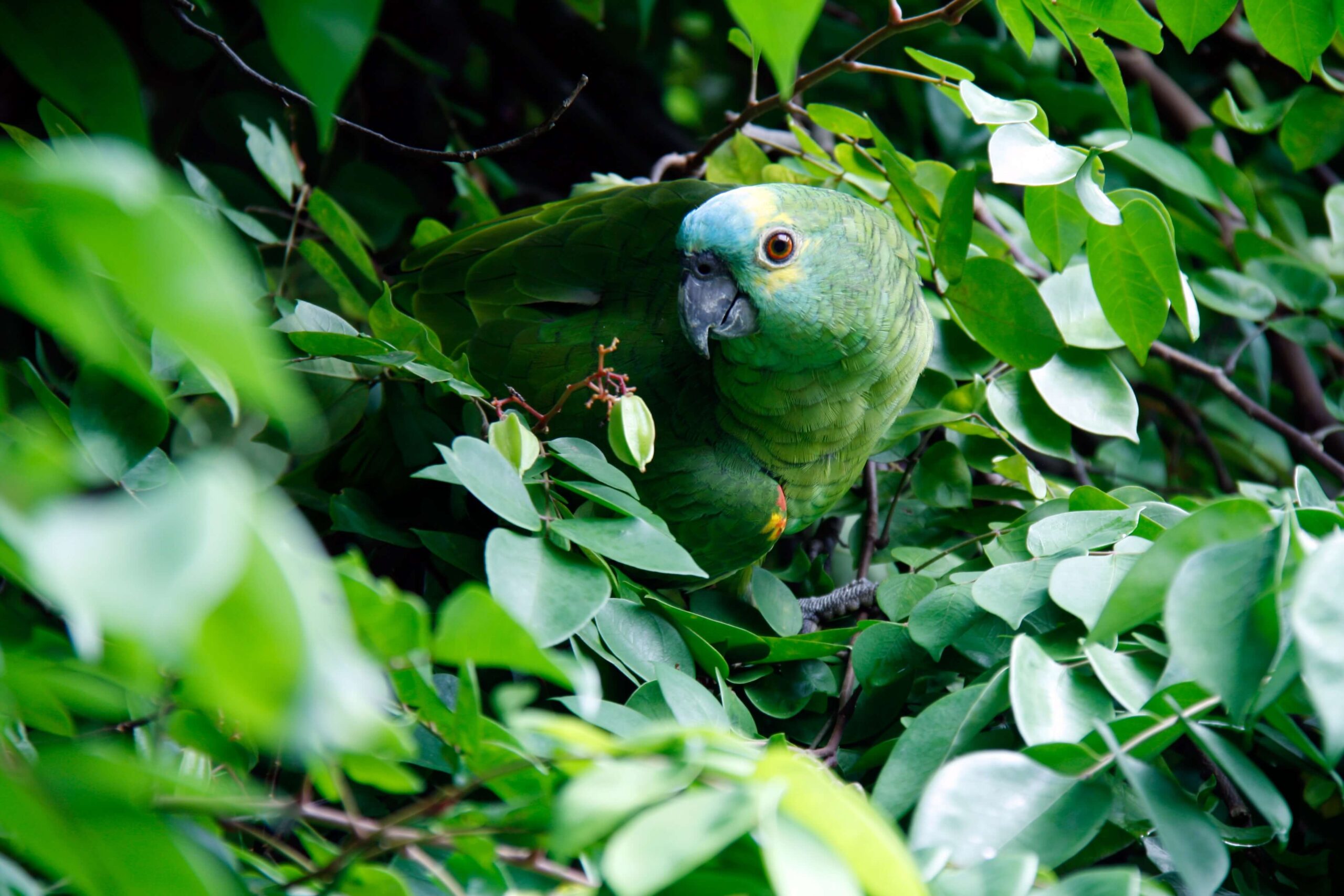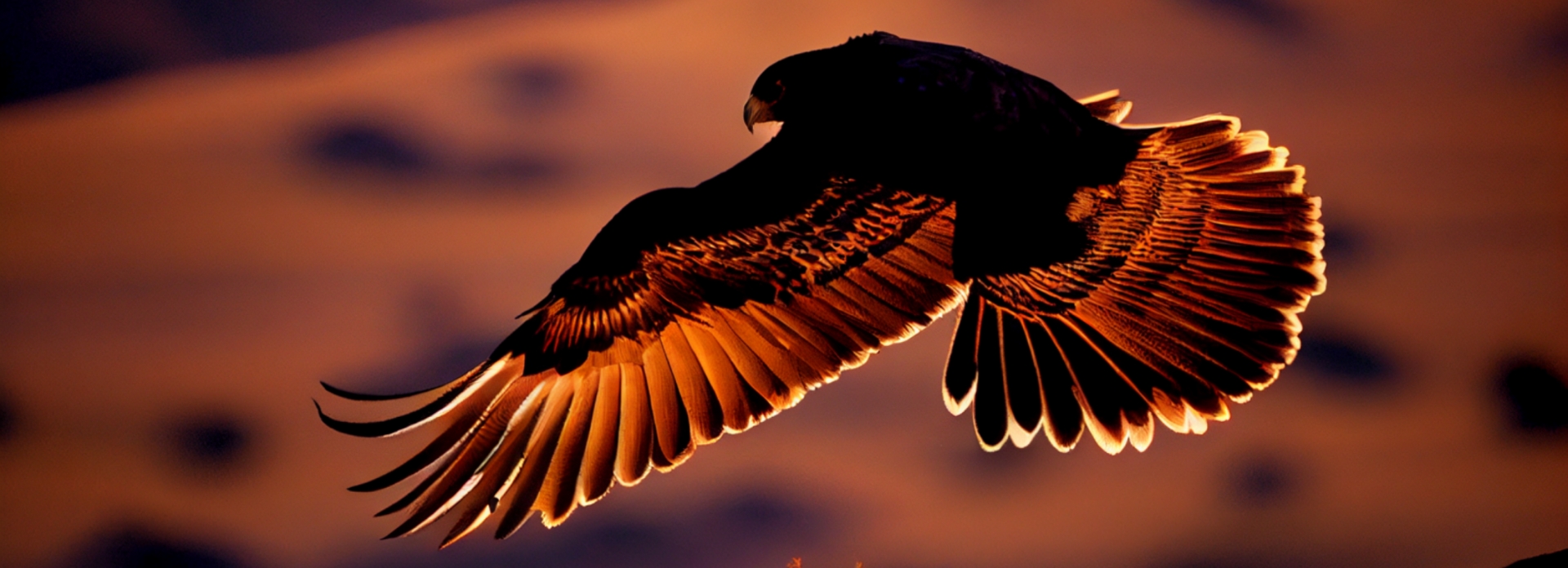“To the lover of wilderness, Alaska is one of the most wonderful countries in the world.” John Muir sings the truth of The Last Frontier. As the snow melts and the days grow longer, the wilderness areas in Alaska come alive with vegetation, streams fill with salmon, and wildlife viewing opportunities as varied as the landscape appears.
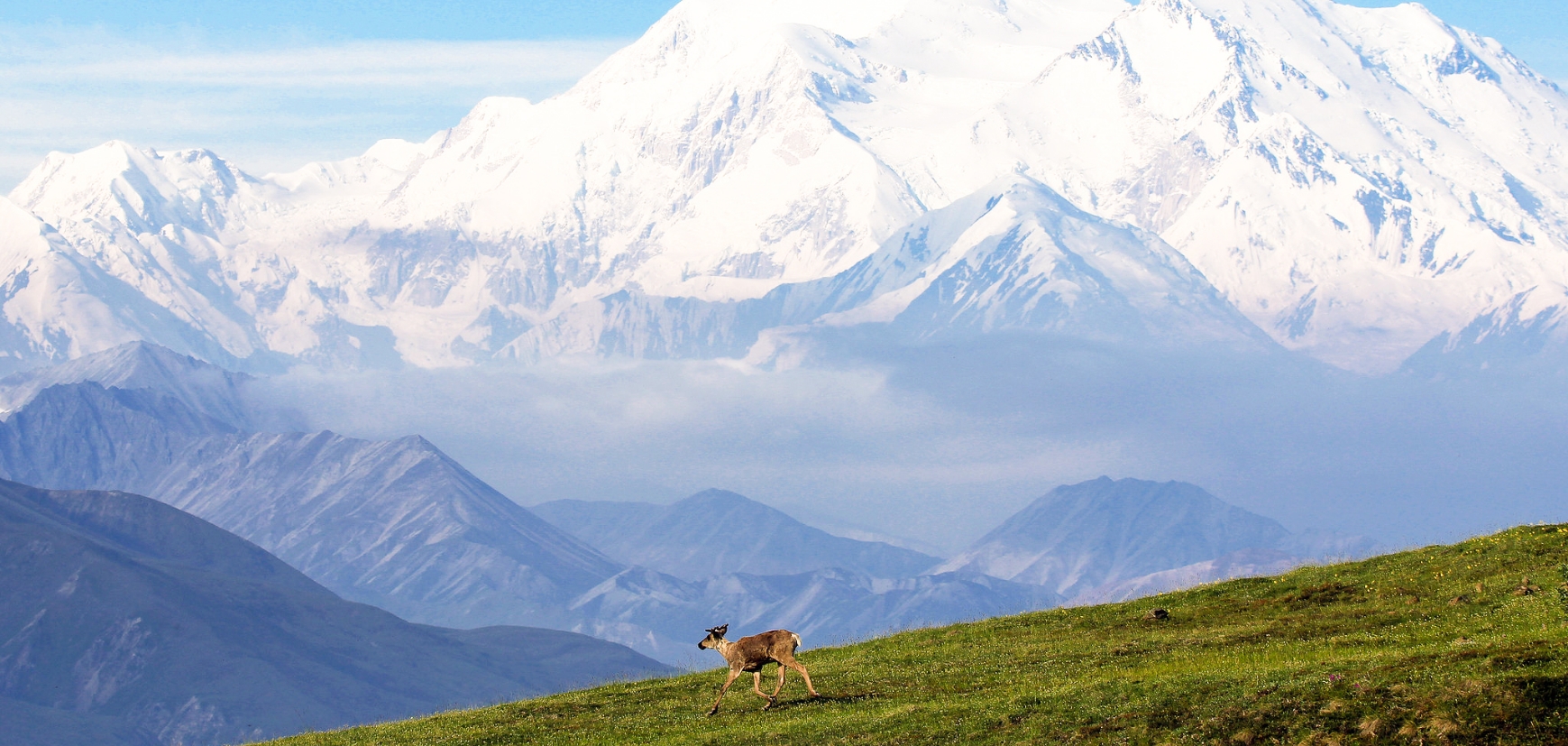
A lone caribou in Denali National Park
Wildlife Viewing in Alaska: The Tips
Whether sticking close to the city or braving the wilderness areas in Alaska, there are a few tips that can help any wildlife viewing experience.
- Most animals, such as moose, bears, and eagles, are easiest to spot around sunrise and sunset. These bookend hours of the day are when many animals emerge from the safety of the brush to feed.
- Patience is key. Keep a safe distance, remaining still and quiet. If an animal runs away, there is a chance it’ll return if it senses there is no threat. Bear territory is completely different: make noise and don’t be quiet!
- Photograph wildlife with a 200mm+ lens to keep a safe distance while still getting those beautiful shots. A pair of binoculars is always a good companion.
- In the autumn, most animals are entering their mating season and are extremely aggressive and territorial.
April & May
Whales (Humpback, Orcas, Gray Whales), Porpoises, Sea Lions, Walruses, Dall Sheep, Moose, Puffins
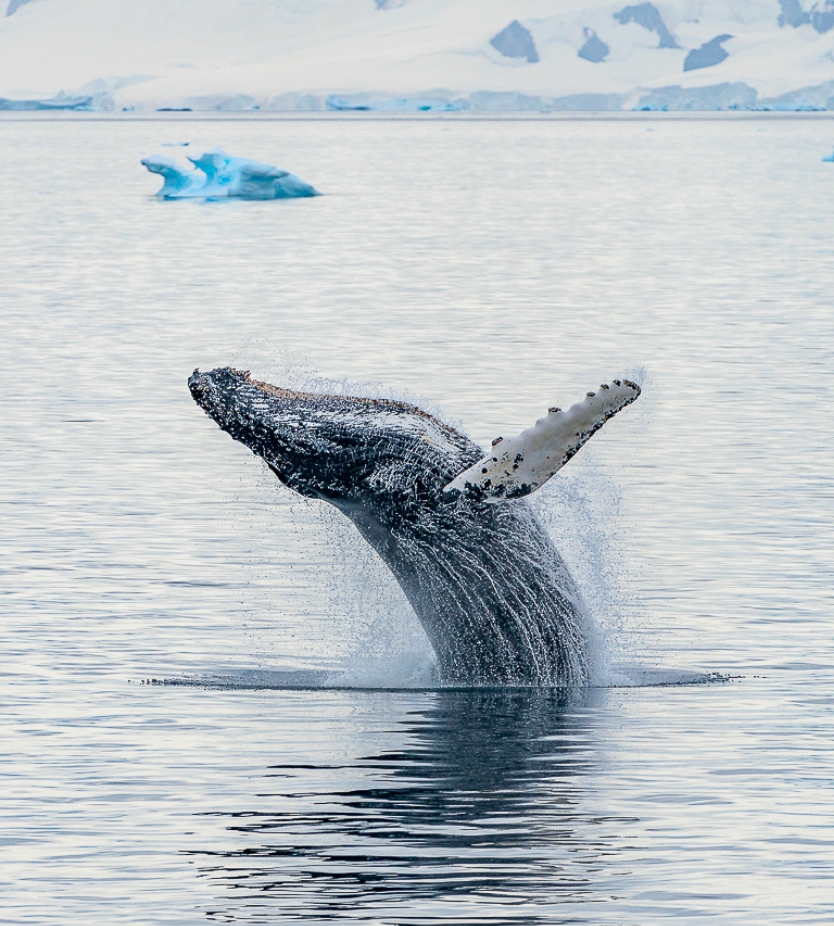
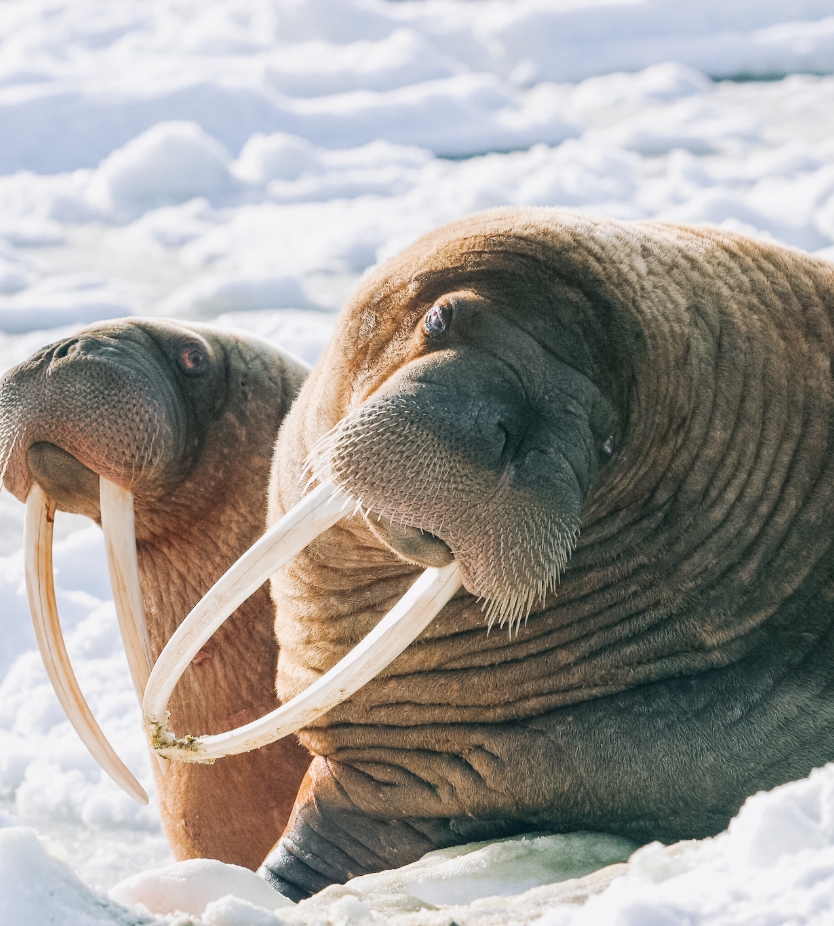
Annual migrations and warmer weather bring marine life out of the winter months first. Most of these amazing creatures are easily spotted from boating tours. With the melting of sea ice, sea lions and walruses make their home for the summer on remotely located shores up the coast of Alaska.
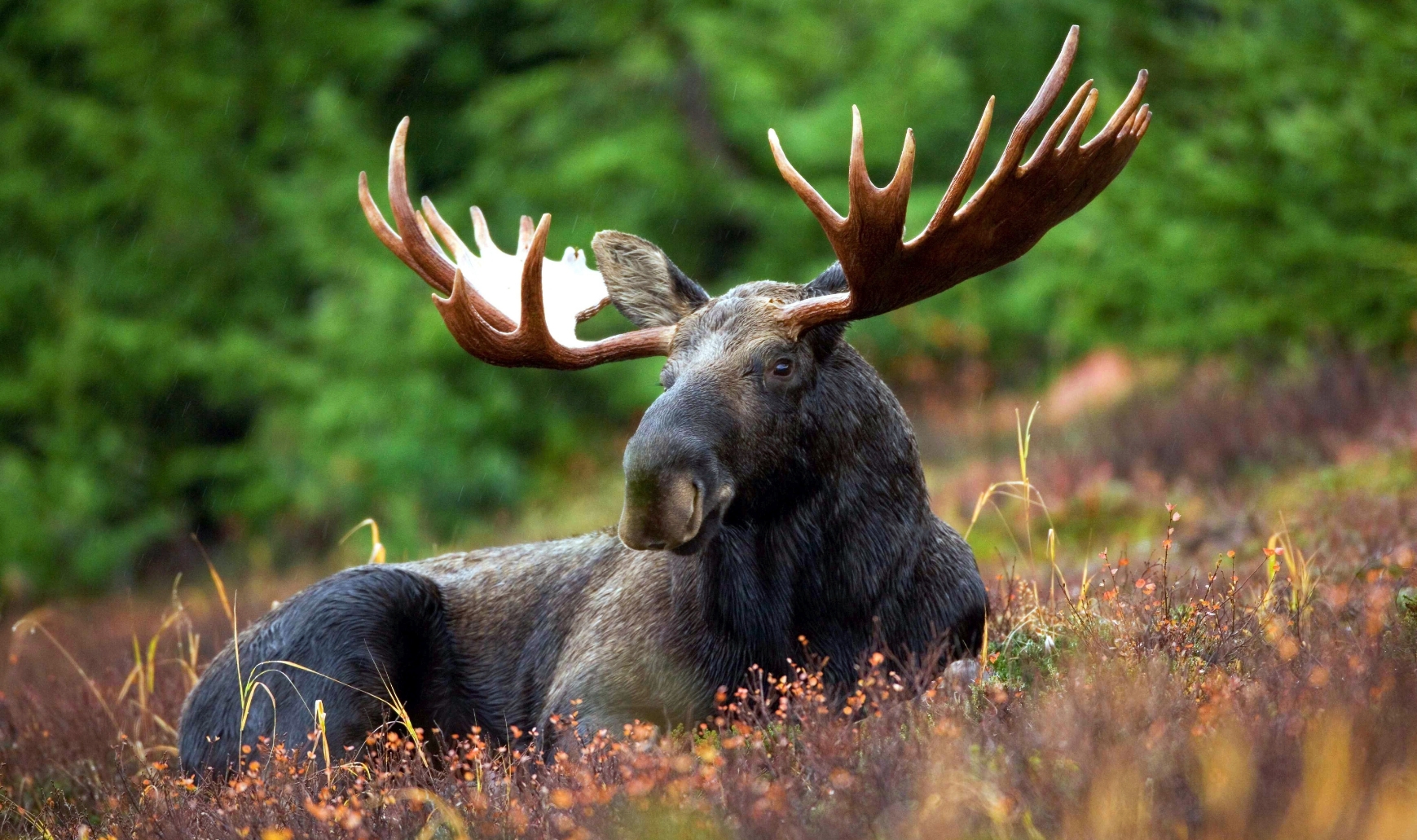
There is a joke in Alaska, “Once you stop looking for a moose, you’ll see two nibbling on a tree down the street.” Moose usually travel alone and can be elusive. They’re easier to spot in May with their calves near marshes and rivers. Guaranteed viewing areas are Potter Marsh, Kincaid Park, Tern Lake, and Denali National Park.
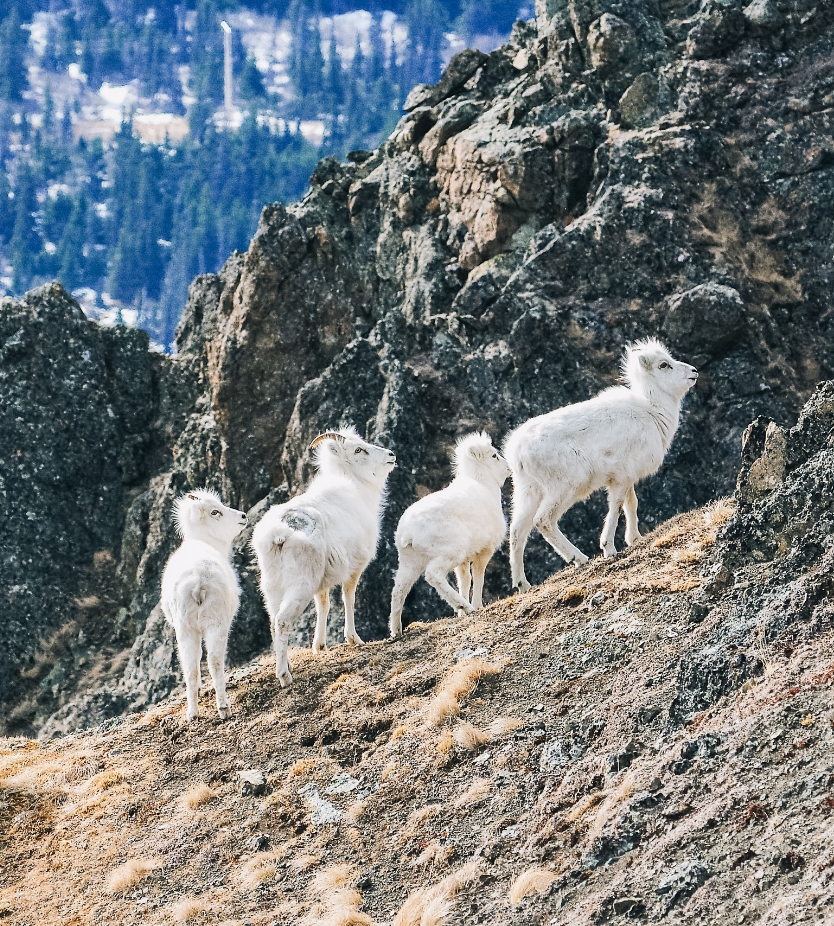
Photo courtesy of Paxson Woelber
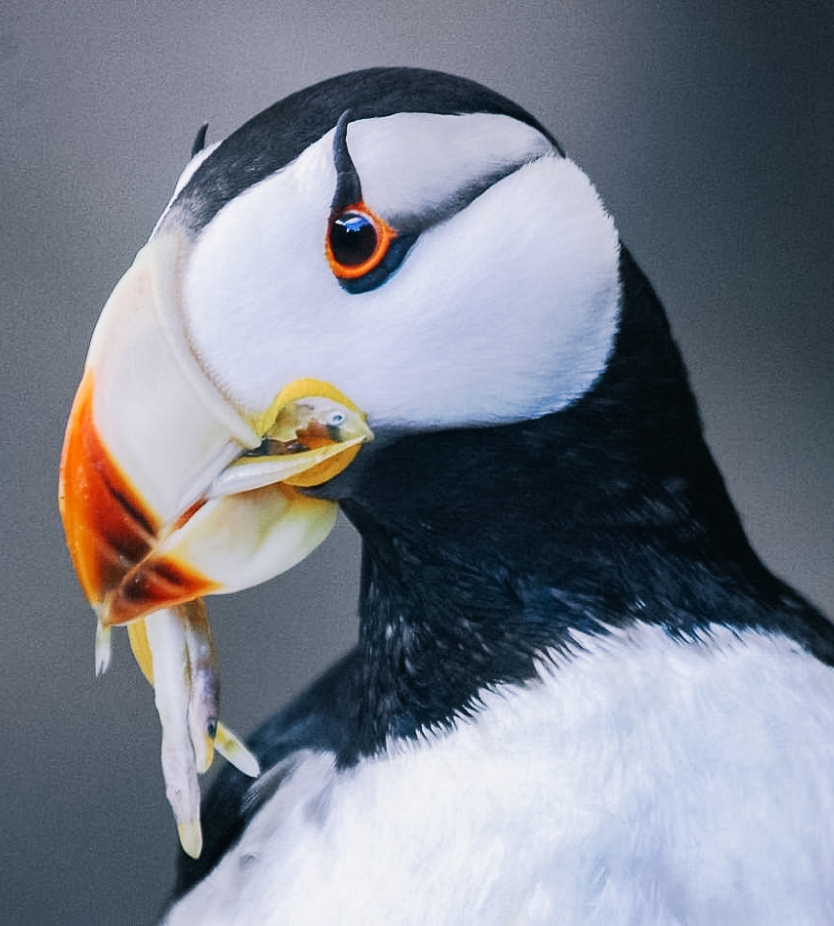
The white bodies of the Dall sheep are easier to spot as winter ends. They line the rugged coast and have the potential of being spotted from boat tours or drier alpine regions such as Kenai, Chugach, and Wrangell-St. Elias. Puffins spend most of the year at sea and only come to the coast to breed. They start to arrive around May and stay until about July.
June, July & August
Eagles, Bears, Caribou, Salmon, Marine Life, Puffins
Tracking salmon swimming upstream during their mating season may not sound particularly spectacular. However, many animals rely on salmon for food, and their mating season can be a magnet for wildlife viewing in Alaska.
Thirty thousand bald eagles soar through Alaska’s skies. As with other animals, they’re easily spotted where the salmon are. Some specific regions are Kenai River, Southeast Alaska, Prince William Sound, and of course the Alaska Chilkat Bald Eagle Preserve. Depending on the time of day, a boating tour is also a great opportunity to see bald eagles fishing.
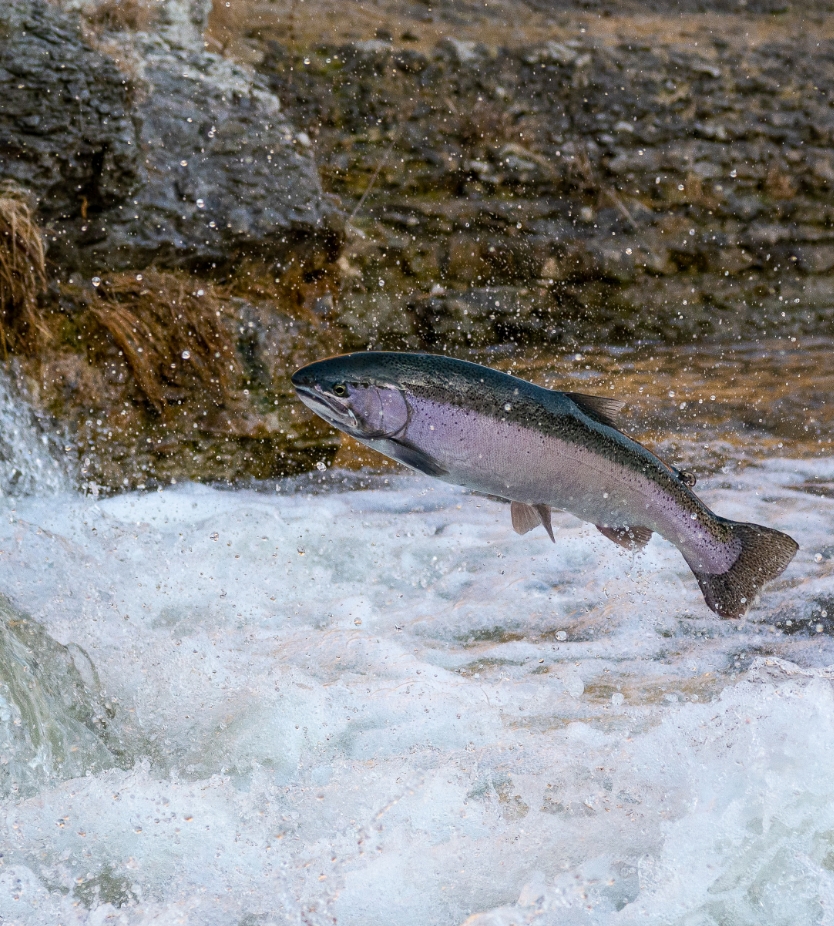
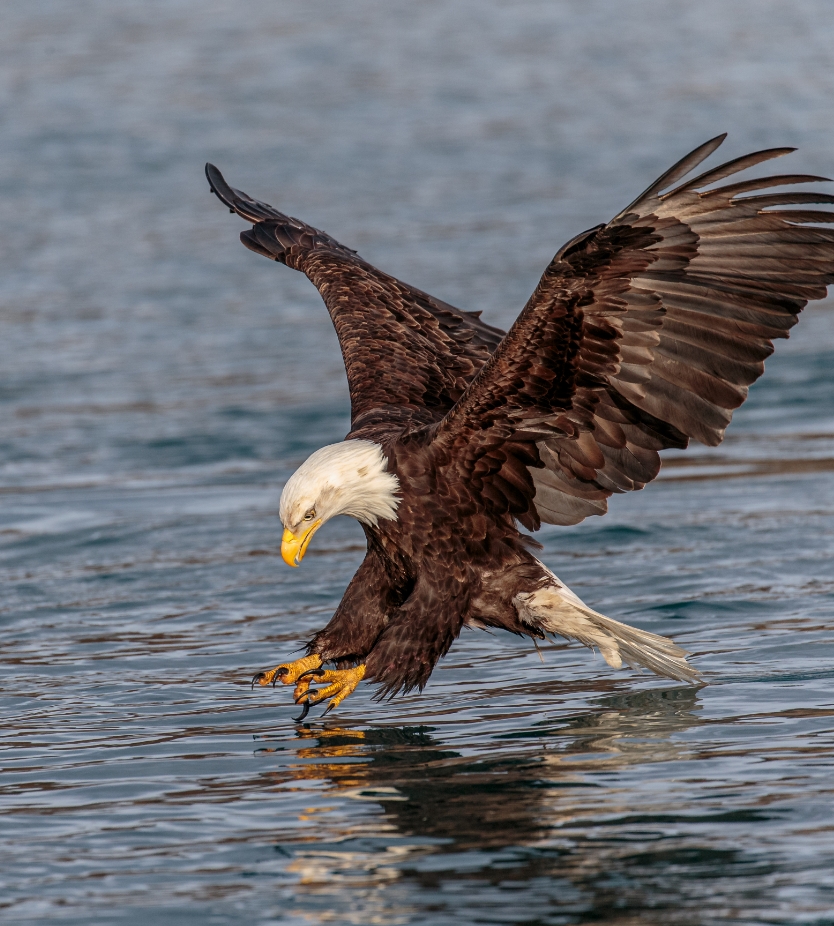
Photo courtesy of Andy Morffew
As the salmon swim upstream, the wild bears of Alaska turn from their summer meals of grass, clams, and wild berries. From August to mid-September, Alaskan bears add luxurious, wild-caught salmon to their diet. The bears work for their meals, balancing in the rushing streams and using their paws to catch the wriggling, slippery salmon.
Marine life (whales, orcas, seals, etc.) is still in the area, and by this time is very easy to experience on boating tours. Dolphins are even known to play near boats, giving spectators quite a laugh, and their money’s worth.
Although there are 750,000 caribou in Alaska, they can be a challenge to track as they’re constantly on the move. With some preparation and a bit of luck, a small group can be spotted grazing in Denali National Park, Kenai Peninsula, or Glenn Highway near Eureka Summit.
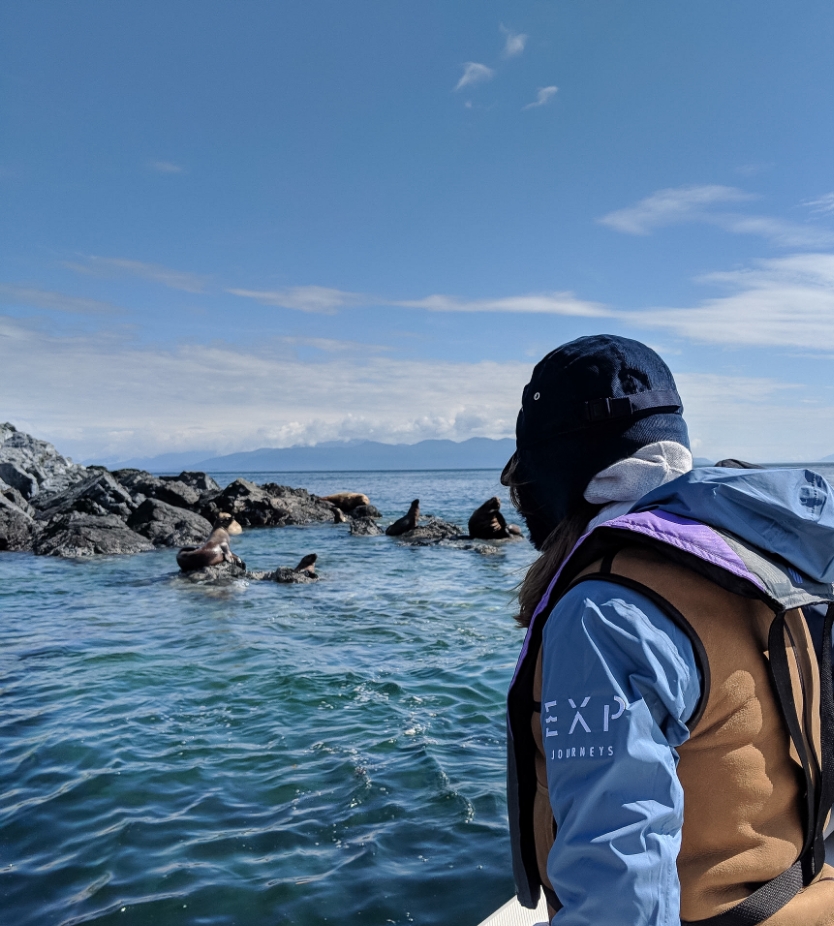
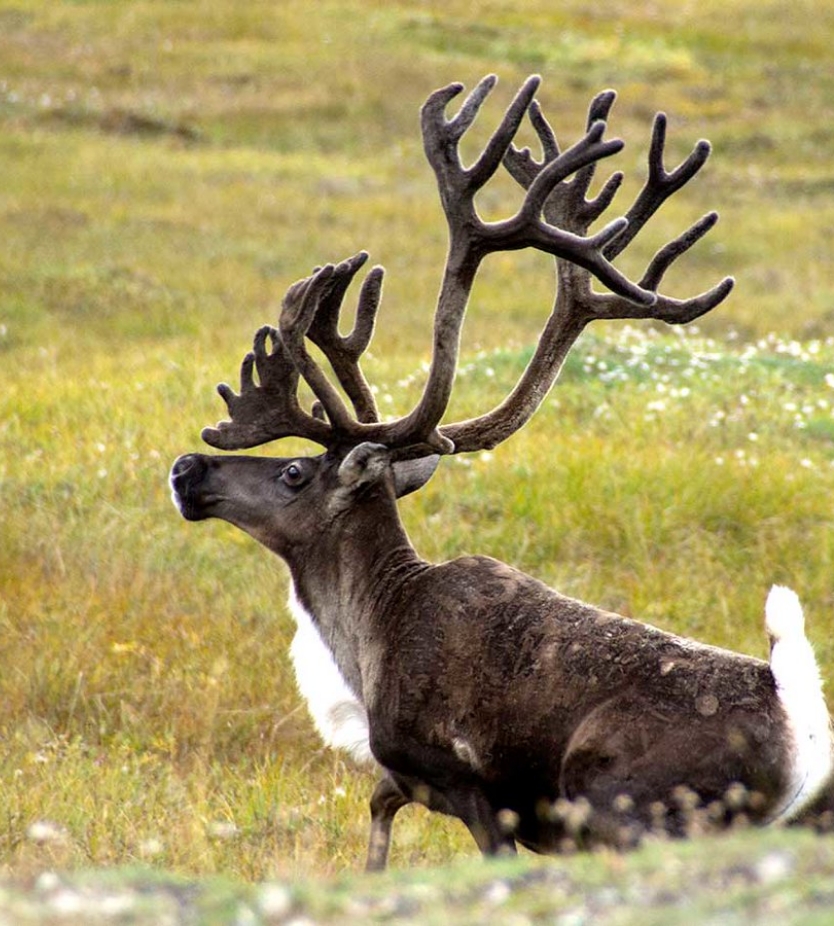
Wolves can potentially be seen year-round, however, these animals are incredibly difficult to spot because they avoid humans as much as possible. Their range is incredibly wide, covering around 85% of Alaska. Perhaps the best chances to see them are in the summer months hunting for caribou or moose, and in the winter freckled against the snow as they hunt for vole and lemmings. Denali National Park is one of the best places to spot wolves from Denali Road. The park also tries to keep tabs on the wolves and help visitors catch a glimpse of these precious animals.
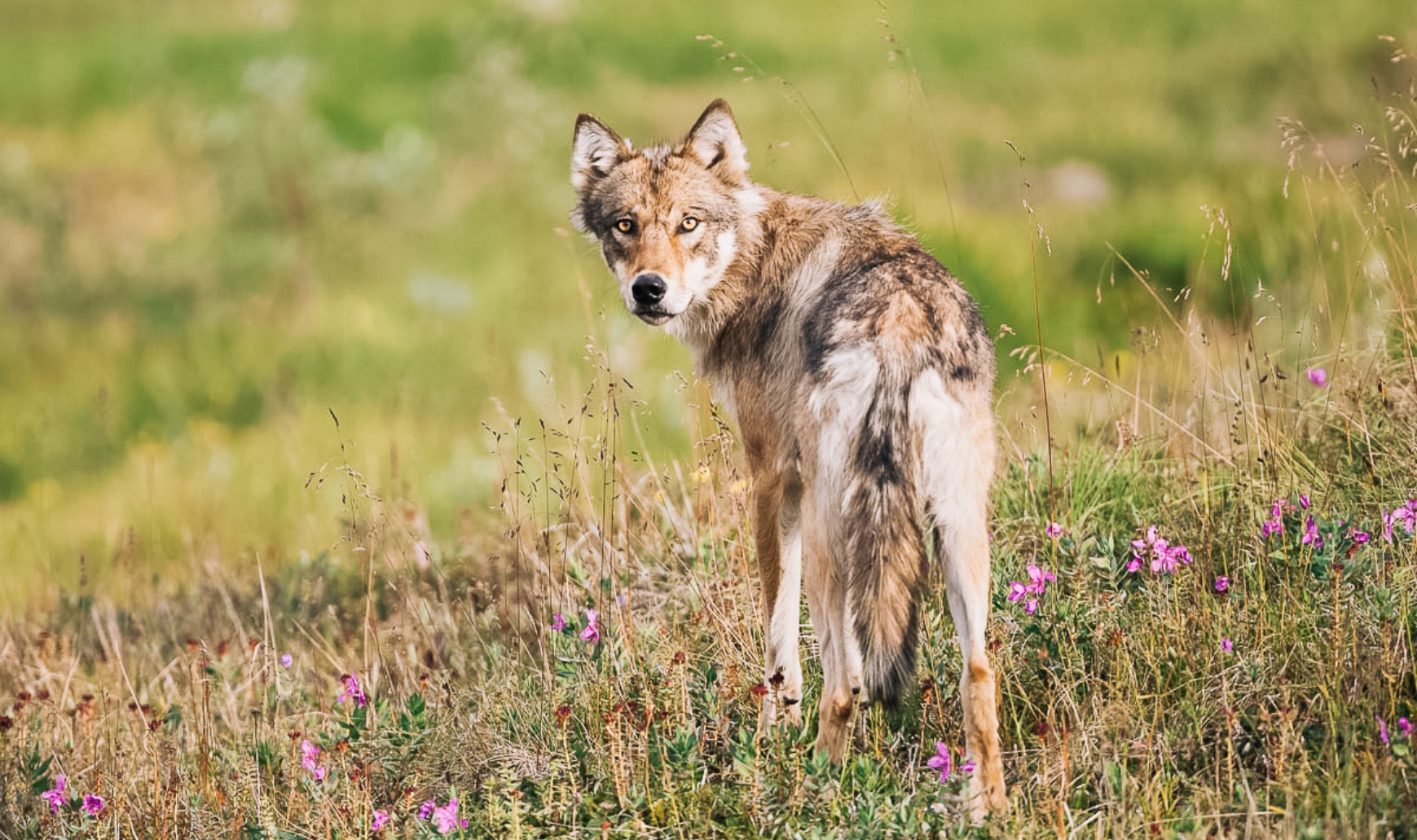
There is a reason Alaska is still considered The Last Frontier. Even within city limits, wildlife viewing of large animals such as moose and bears is possible. A privately guided kayak tour can result in the spotting of a whale and puffin. Regardless of what animals you most wish to see, spending time on the water or trekking through the national parks is an experience that will leave you in awe of what this amazing destination has to offer. Contact us today to book your custom Alaskan adventure!
